Introduction

In 2022 Laowa released the world’s fastest 28mm lens for fullframe cameras, the Laowa 28mm 1.2 Argus. If you thought they rested on their laurels you are mistaken: in 2024 they released an even faster lens, this Laowa 28mm T1.0 Argus Cine. Usually I don’t review Cine lenses, but how could I possibly pass on the world’s fastest 28mm fullframe lens? Let’s have a closer look!
Sample Images
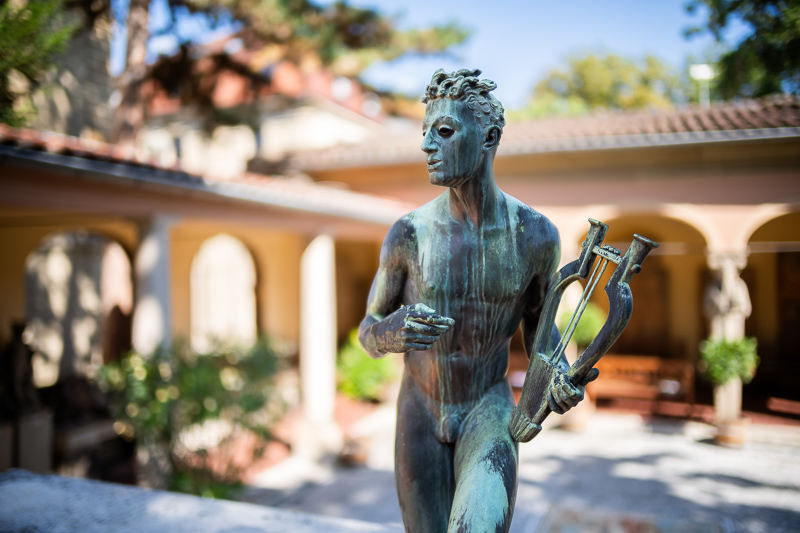


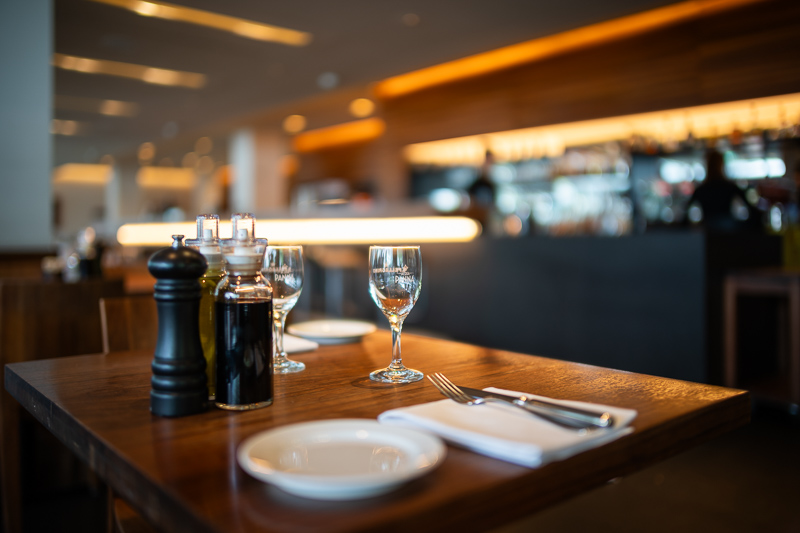
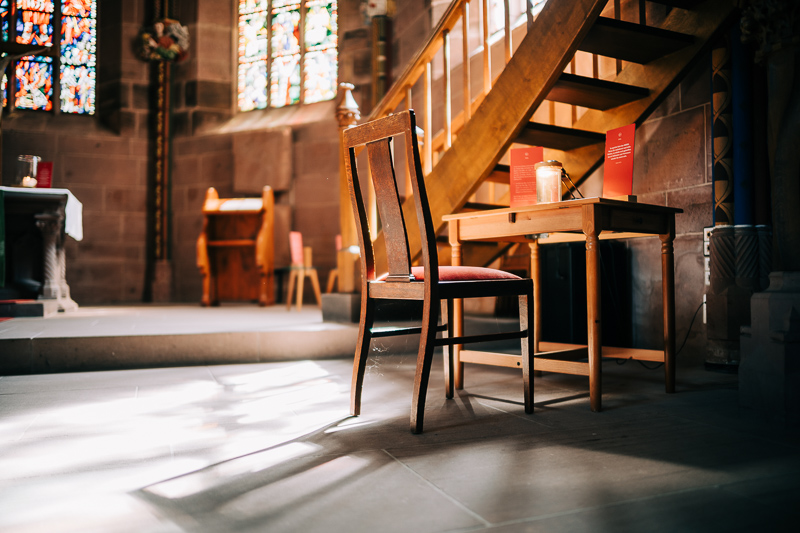
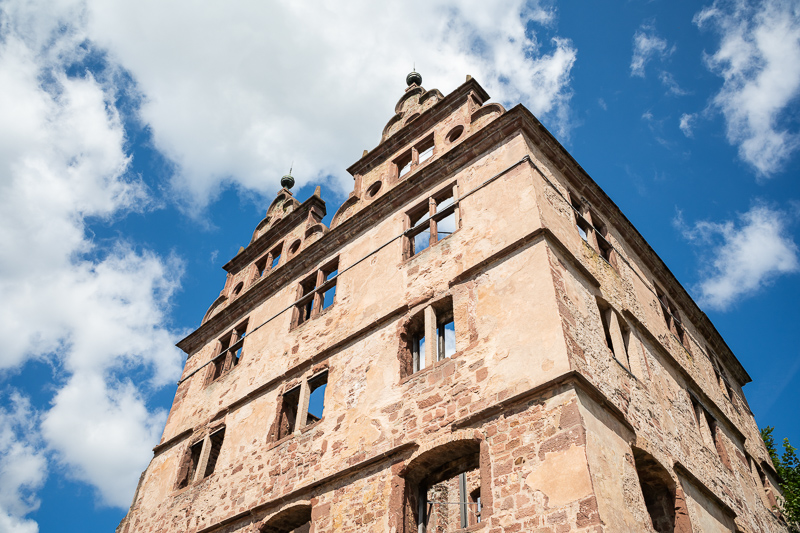
You can find many of the sample images in full resolution here.
Contents
Disclosure
The Laowa 28mm T1.0 Argus was kindly provided free of charge by Venus Optics / Laowa for reviewing purpose for a few weeks.
Specifications
The Laowa 28mm T1.0 Argus is a Cine lens, therefore instead of f/Stops it has T-Stops engraved. The T-Stop is always lower than the f/Stop and in this case the f/Stop is f/0.95. This lens is not only bigger than the Laowa 28mm 1.2 Argus because of the Cine housing, but also because it features a completely different optical design. The full specifications are:
-
- Diameter: 85 mm
- Field of view: 75.2° (diagonally)
- Length: 116 mm
- Weight: 1194g (without caps)
- Filter Diameter: 77 mm
- Number of Aperture Blades: 15 (rounded)
- Elements/Groups: 14/9
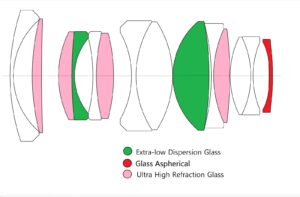
- Close Focusing Distance: 0.40 m
- Maximum Magnification: 1:9.2 (measured)
- Mount: Sony E, Nikon Z, Canon RF
buy from manufacturer’s shop | B&H (affiliate links) for $1499
Handling/Build quality

The Laowa 28mm T1.0 Argus is an all manual lens without any electronic contacts or communication with your camera. Focus as well as aperture need to be set manually on the lens.
Being a cine lens the focus ring as well as the aperture ring are geared and thanks to the internal focus the rings don’t change their position. Both feature a 0.8 MOD gear standard.
The focus ring has a really nice resistance and turns 211° from the minimum focus distance of 0.40 m to infinity. It has markings in feet on the left side and in meter on the right side.
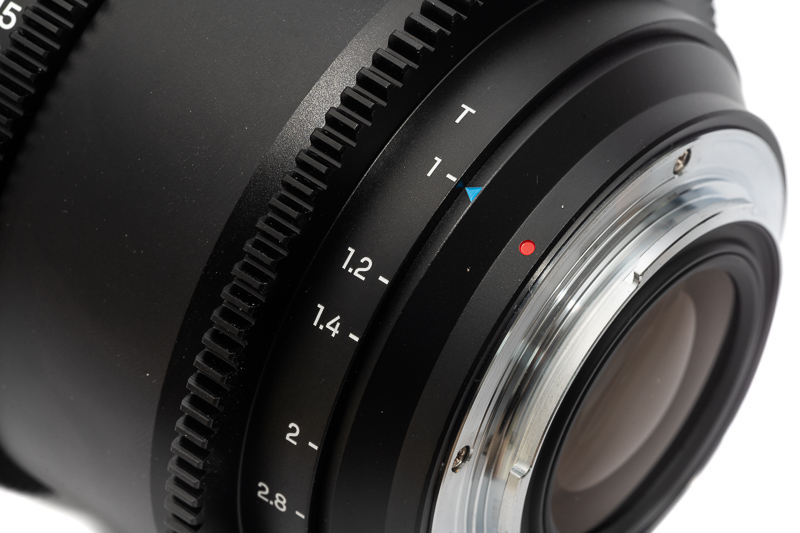
The aperture ring is located close to the bayonet. It does not feature click stops and the stops are not equidistantly spaced. Therefore they are cramped together in the T5.6 to T16 range. It takes 92° rotation from T1.0 to T16.
If you think of using this cine lens on an A7 series camera, be warned that the ergonomics are not great, as there is only very little space between the grip and the geared aperture ring.
Just like the other Argus lenses also this Laowa 28mm T1.0 features a complicated internal focus design with one fixed and two moving groups that is supposed to ensure good image quality at different distances.
To be able to get the most out of it and to get accurate distance readings the lens ships with shims so that it can be calibrated to your camera.
The outer casing of the lens is made from mainly metal and a few high quality polycarbonate parts, markings are engraved and filled with paint.
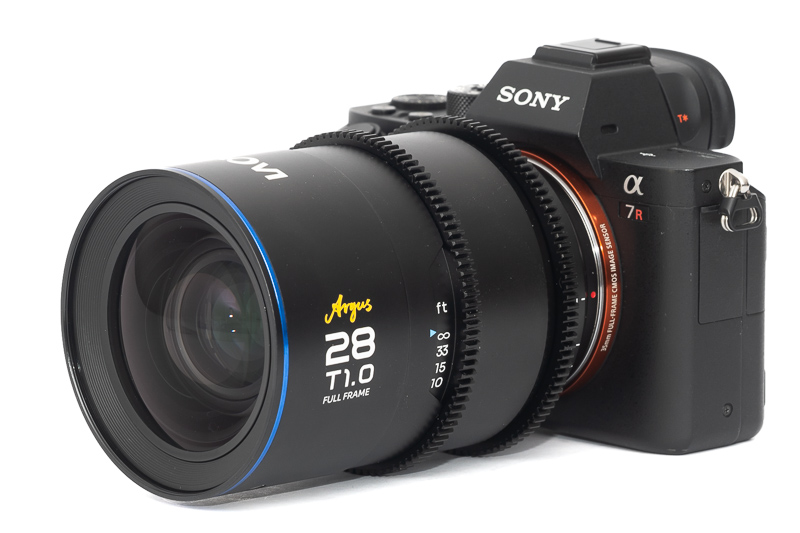
The lens does not come with a dedicated hood, but for typical applications probably a matte box will be used anyway.
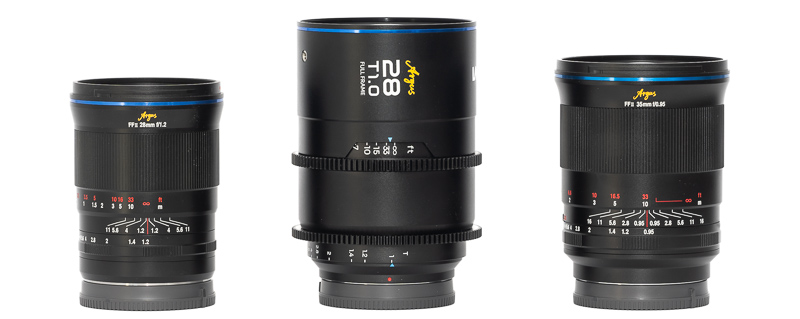
Cine lenses are often noticeably bigger than still lenses featuring similar (or even the same) focal length and aperture opening. This 28mm T1.0 is Laowa’s biggest Argus lens so far. The 28mm 1.2 is noticeably smaller and less than half the weight. Also the Laowa 35mm 0.95 is noticeably smaller and lighter.
Vignetting
light falloff
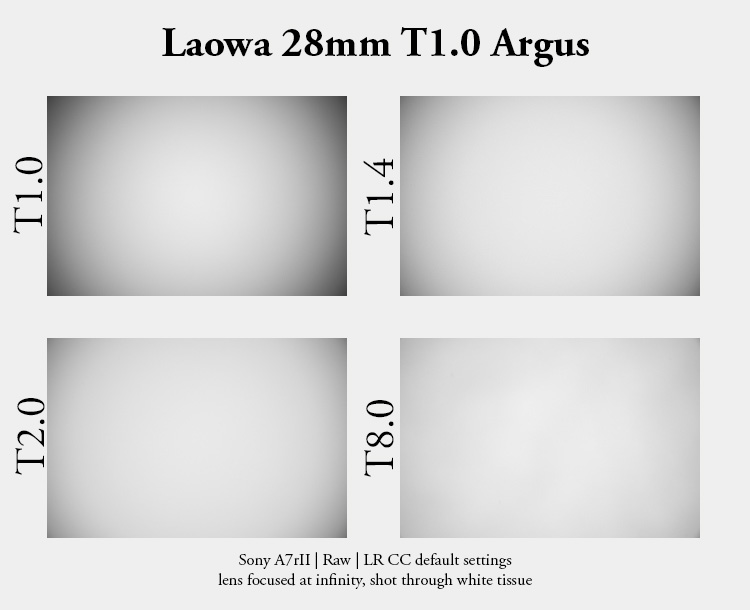
| T1.0 | 3.6 EV |
| T1.2 | 3.0 EV |
| T1.4 | 2.6 EV |
| T2.0 | 2.3 EV |
| T2.8 | 2.2 EV |
| T4.0 | 2.1 EV |
| T5.6 | 2.0 EV |
| T8.0 | 1.9 EV |
| T11 | 1.7 EV |
Strong light falloff was expected here considering the specifications. It is even a bit higher than what I have seen from the Laowa 35mm 0.95, but considering this lens is noticeably wider that doesn’t come as much of a surprise.
At shared apertures the values are also very similar to those from the Laowa 28mm 1.2. This faster lens has a tiny advantage in the 1.2 to 1.4 range, but nothing to get excited about.
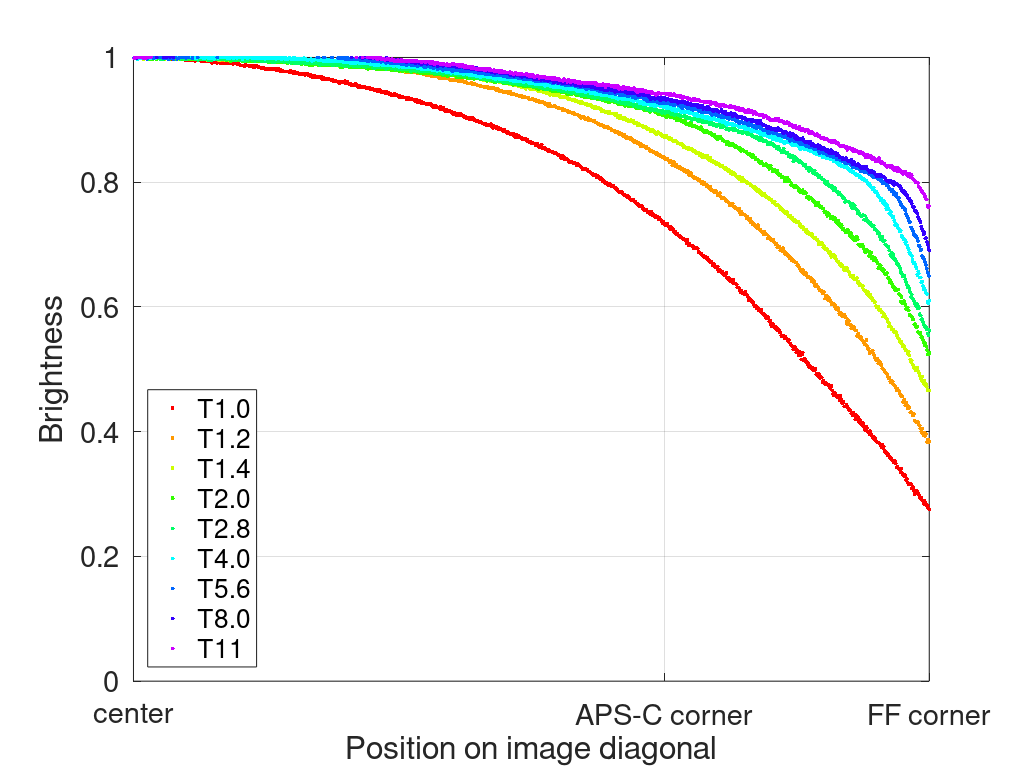
It is recommended to have a look at this article first to get an idea how this brightness graph works.
optical vignetting
Fast lenses usually show a noticeable amount of optical vignetting. Without going too much into technical details optical vignetting leads to the truncation of light circles towards the borders of the frame.
In the center of the frame almost every lens will render a perfect circle, but only lenses with very low optical vignetting will keep this shape in the corners.
So in the following comparison we move from the center (left) to the extreme corner (right) and see how the shape of the light circle changes.
I shot both lenses at 0.5 m focus distance, but not side by side. If I had done that, the circles of both lenses set to the same aperture value would have the same size in the center.
The Laowa 28mm 1.2 showed surprisingly low optical vignetting, this Laowa 28mm T1.0 does show stronger optical vignetting, also at shared apertures. We also see a bit of a lemon shaped light spill at T1.0, slightly stopped down this is cut off by the diaphragm.
Despite using an aspherical element, onion rings are hardly visible.
Sharpness
MTF-Graphs
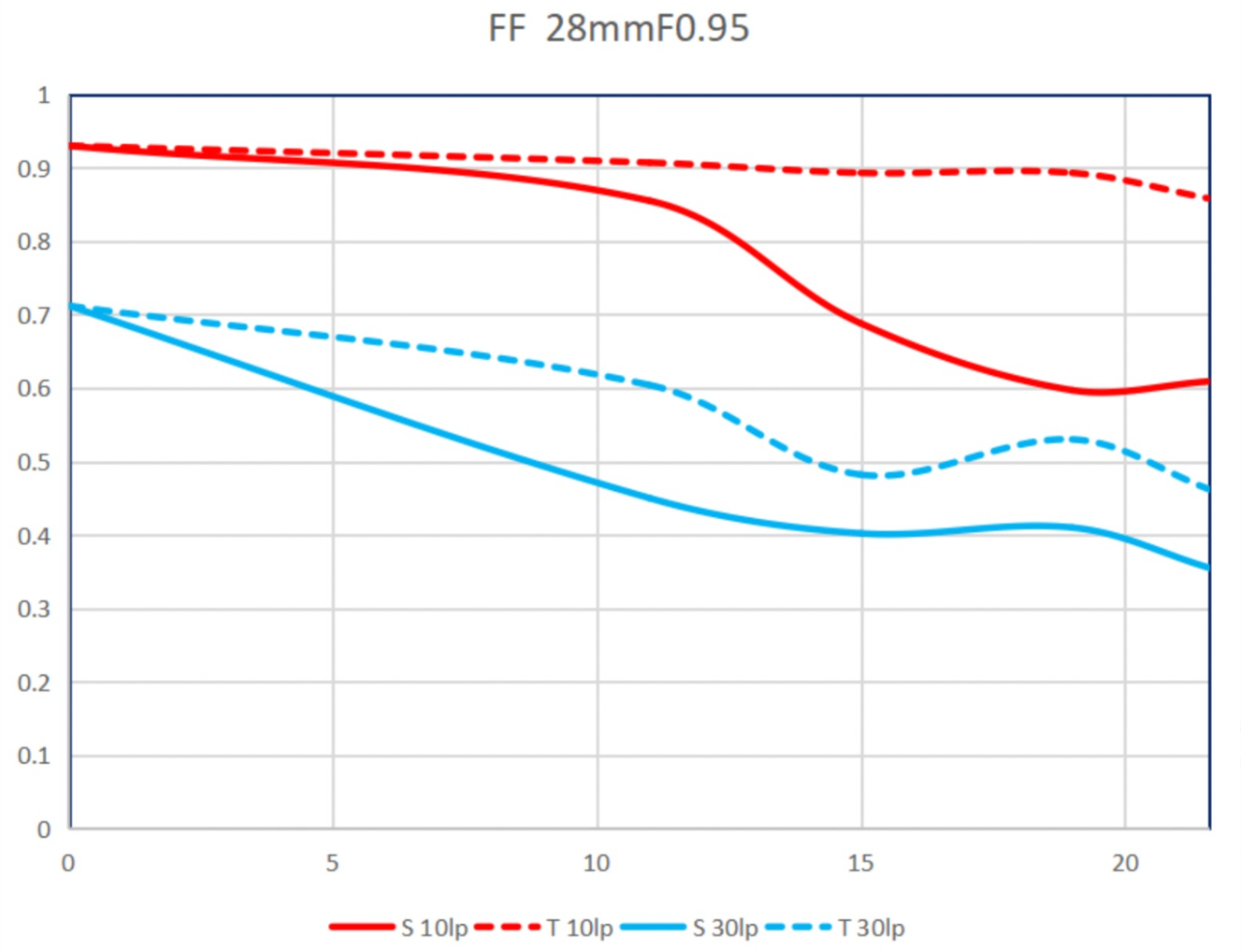
According to the MTF-Graphs this 28mm T1.0 is a little less sharp at T1.0 than the Laowa 28mm 1.2 is at f/1.2 – which was to be expected. Both lenses show good performance up to 10 mm away from the center, which inclured the rule of thirds intersections – good news for portraiture. Let’s see how this lens actually performs in the following sections.
Most MTF-Graphs show calculated values that do not take into account manufacturing tolerances and sample variation. Furthermore they are usually calculated for infinity, so in the field and shooting at different distances a noticeable variation may be visible.
Focus Shift
None of the Laowa Argus lenses I have used showed any signs of focus shift and this is again the case here.
infinity (42mp Sony A7rII)
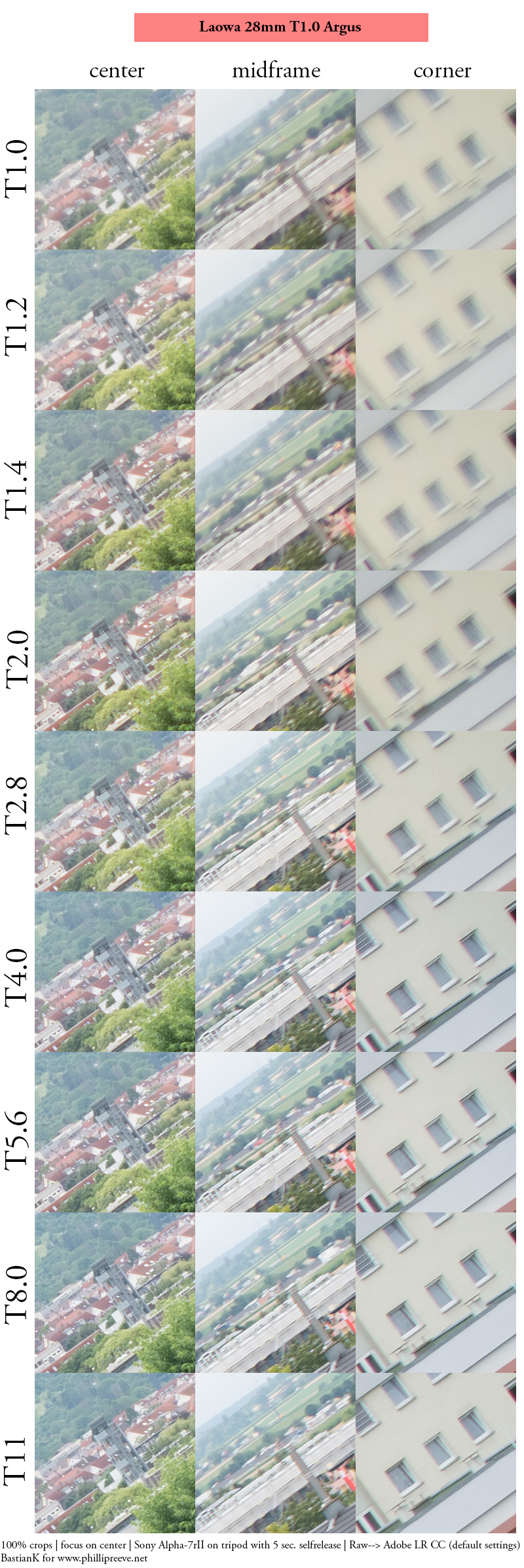
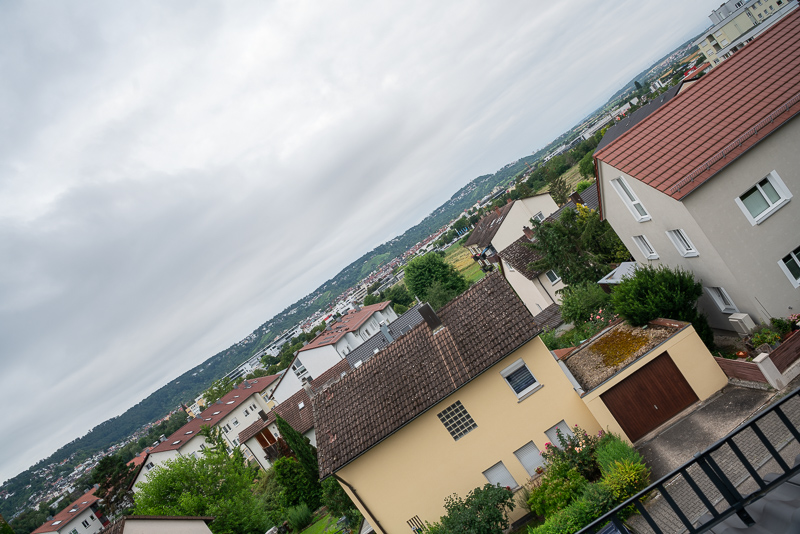
Being a cine lens I don’t think great infinity sharpness at wider apertures is of high importance. At T1.0 to T1.4 the whole image is a bit softer due to spherical aberration. We also see a midzone dip and a general drop in corner performance, similar to what we saw in the MTF-Graphs. Corners and midframe areas look best at T11.
In this category the Laowa 28mm 1.2 shows a way better performance, offering very good across frame sharpness from f/2.0.
I calibrated the lens using the supplied shims for the infinity mark to match true infinity.
portrait distance (0.9 m, 42mp Sony A7rII)
For portraiture it isn’t so important how flat the field is, it is more interesting to see what the sharpness is like when focused at different parts of the frame to take field curvature out of the equation.
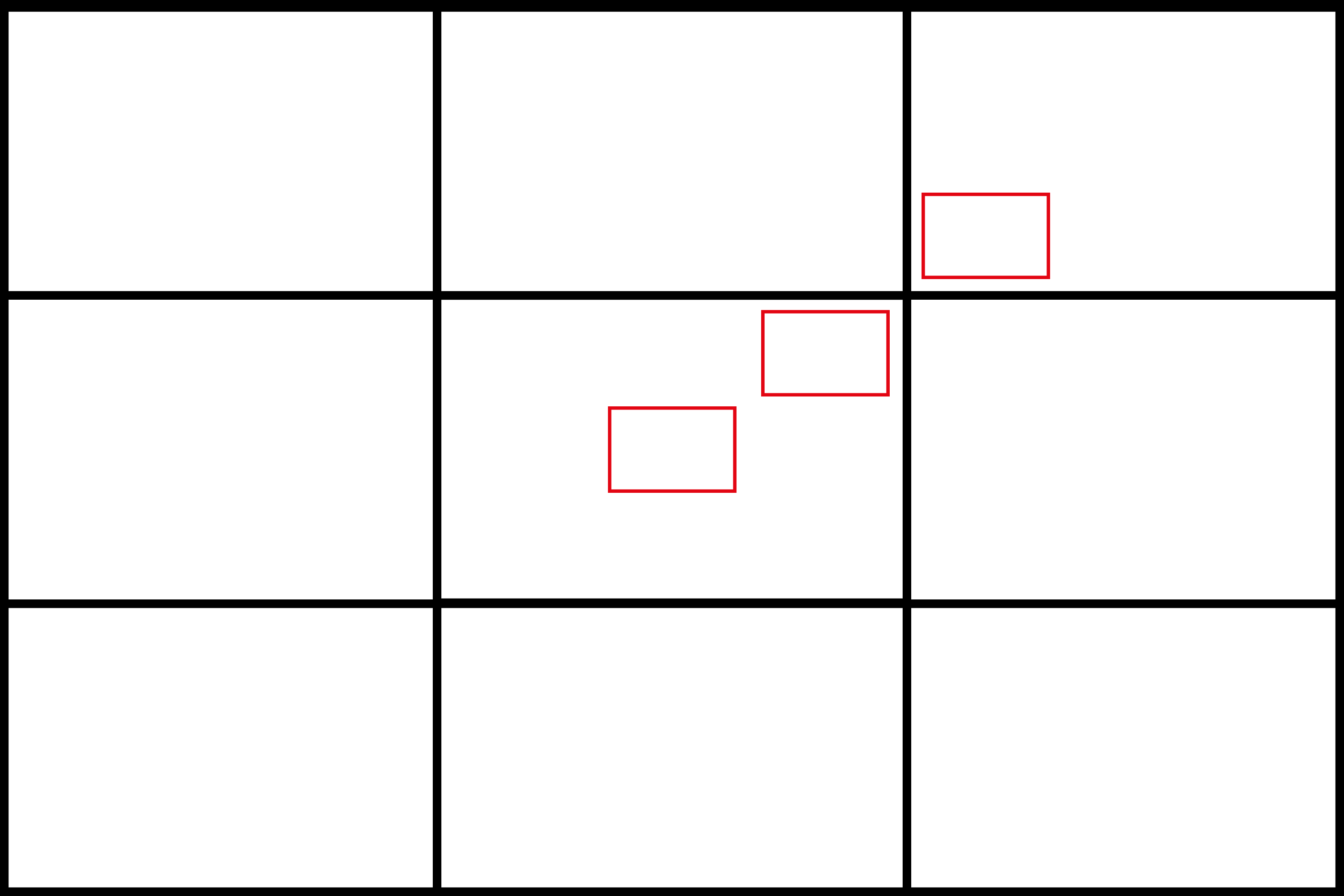
This is what I did here, I refocused for every shot and aperture to get the best possible result at different locations in the frame (center, inner midframe and outer midframe).
Focus distance was roughly 0.9 m and the circle of the dollar bill is more or less the size of a human eye.
T1.0 <————> T1.4
This is a category where I think the performance at wider apertures is very important for a lens like this. Also here the lens is a bit softer at T1.0. Stopping down to T1.4 improves the performance significantly, but the outer midframe still doesn’t look great.
If we compare this 28mm T1.0 to the Laowa 28mm 1.2 and 35mm 0.95, the 28mm 1.2 is the sharpest and looks noticeably better than the other two in the outer midframe. The 35mm 0.95 also shows a slightly better performance at f/0.95 compared to this 28mm at T1.0. This isn’t too surprising, a 28mm T1.0 is even more difficult to design than a 35mm 0.95 or 28mm 1.2.
close (0.40 m, 1:9.2, 42mp Sony A7rII)
The Laowa 28mm 1.2 offered a minimum focus distance of 0.5 m and I was surprised to see an improved 0.4 m from this faster lens. In the T1.0 to T1.4 range it is a bit softer due to spherical aberration, stopping down to T2.0 improves the performance significantly. The Laowa 28mm 1.2 already showed a very good performance at f/1.4, but as said: it also doesn’t focus as close.
Flare resistance
As always evaluating flare is a complex matter since you can get any lens to look bad if you push it hard enough and a slight change of scenario can affect results a lot.
As this is a cine lens it will probably often be used with a matte box which has its own massive hood, which is probably the reason the lens doesn’t ship with a normal hood of its own.
All the pictures you see in this review have been taken without any kind of hood.
At the maximum aperture opening a small ring like artefact can be created when a strong point light source is very close to the center of the frame. Apart from this I didn’t manage to create any unwanted artefacts in these staged scenarios.
Stopped down there are some specific positions that will lead to distinct artefacts: if the sun is in the exact center a complete ring flare can appear. If the sun is in the midframe area a rather big crescent may show up. As is the cast with most lenses, there is a very specific position of a strong point light source in the exact corner, that can lead to a bigger flare.
With a high sun there were still some situations like the one above where this led to significant veiling flare. In many cases this could be mitigated by shading the lens and I think a matte box would serve the same purpose.
I also did some comparisons with the Laowa 28mm 1.2 and interestingly I found this 28mm T1.0 to be more flare resistant. There were some situations where I encountered veiling flare with the f/1.2 lens but not this T1.0 lens. That was a nice and unexpected surprise.
Coma
100% crops from extreme corner, focused on corner, A7rII
Correcting coma in fast wide angle lenses is not an easy task, and no one dared to make a 28mm lens as fast as this one before. We saw the corner sharpness isn’t great at wider apertures, and it looks like coma is one of the reasons for that, as there is a notable amount until stopped down to at least T2.8.
Also here the Laowa 28mm 1.2 shows a better performance, showing very little coma from f/2.0 and almost none from f/2.8.
Distortion
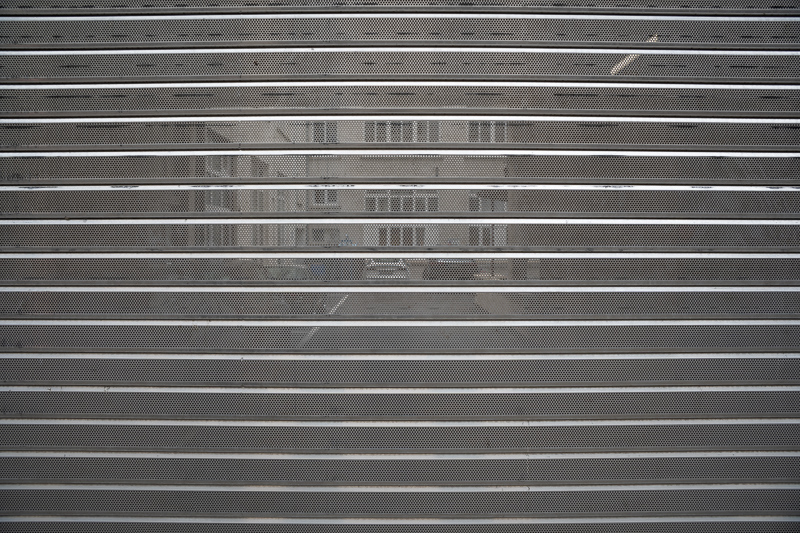
The distortion of the Laowa 28mm T1.0 is low, but it is a bit of the wavy type so a correction profile would be needed to fully correct it. The distortion pattern looks very similar to that of the Laowa 28mm 1.2.
Bokeh

A 28mm lens this fast creates a unique look, combining a wide angle view with very shallow depth of field, otherwise only achievable with the help of brenizer/bokehpanoramas and I am sure this is the area many of you are most interested in.
So – as usual – we will have a look how the lens performs at different distances and in different scenarios.
Close distance
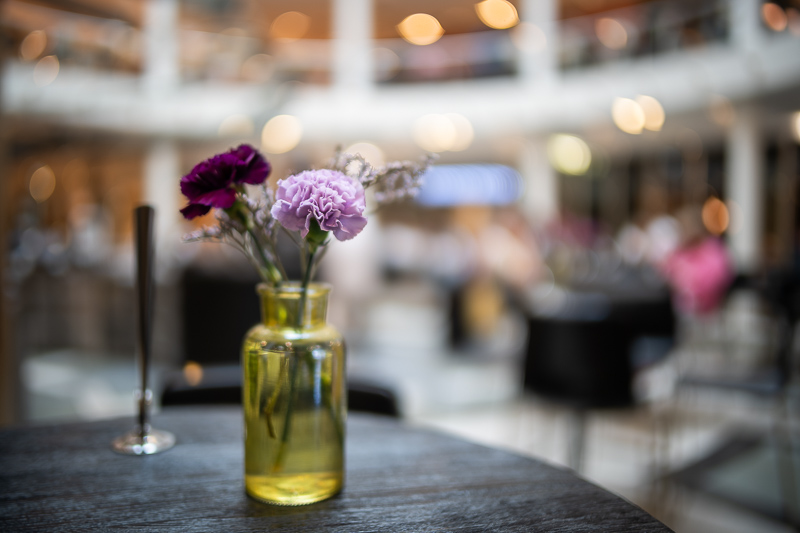


I often found the Laowa 28mm 1.2’s minimum focus distance of 0.5 m rather limiting and even though 0.4 m does not sound a lot better, that 10 cm improvement actually makes a big difference in the field.
At these distances those lemon shaped highlights (we already talked about in the optical vignetting section) can be quite obvious when there are point light sources in the background.
Mid distance



Mid distances are where I think this lens works the best, as resolution and contrast seem to be optimized for this. When taking half body portraits the wide angle view in combination with the shallow depth of field also has the potential to really draw you in.
I see this lens being very useful for a host of cine applications here.
Long distance
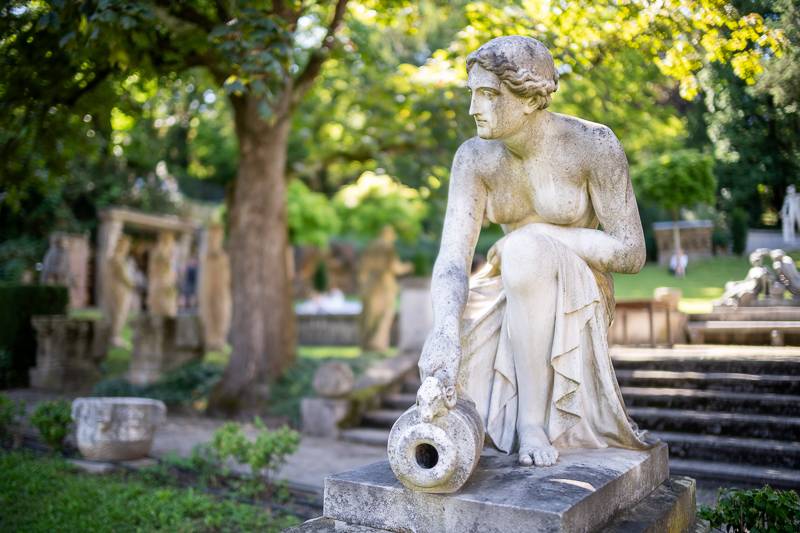
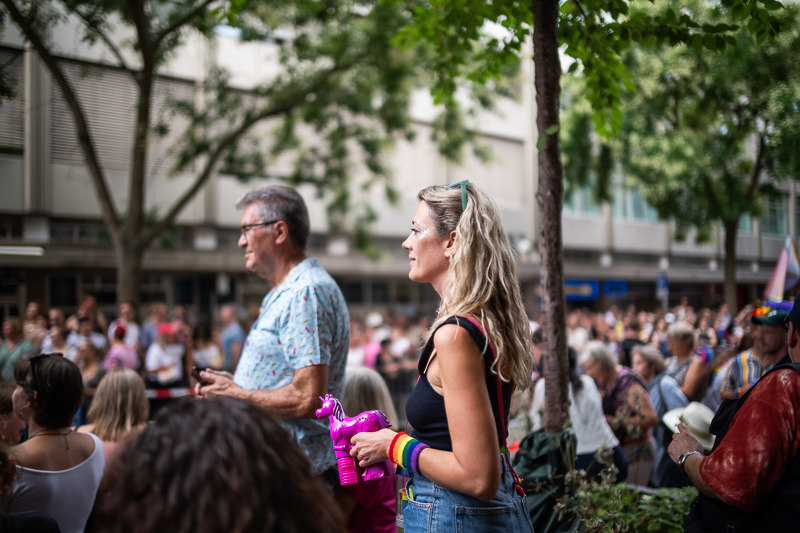
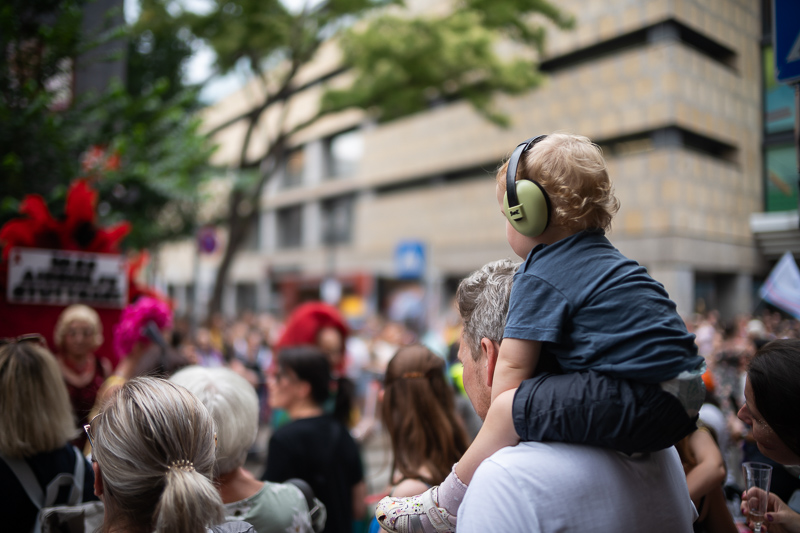
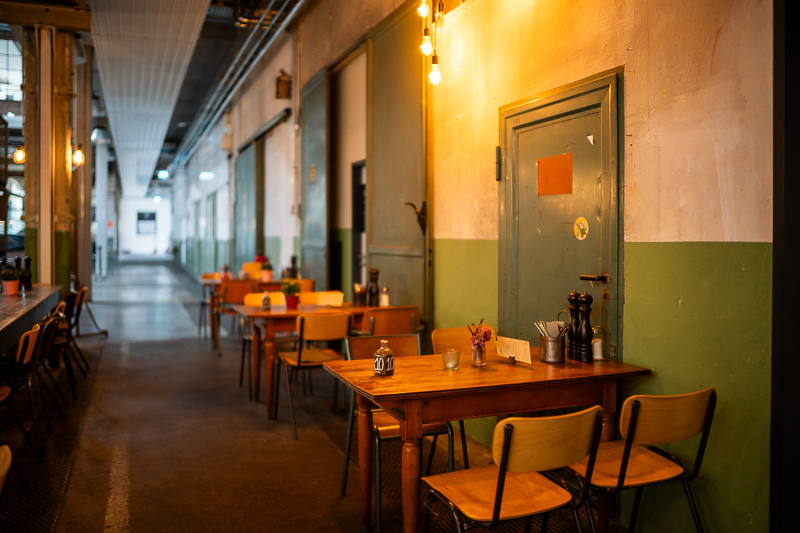
As is ususally the case things get really interesting at longer focus distances. Here it really comes down to what your backgrounds look like: if they are simple without any structures everything looks great and the big aperture opening creates an unseen look


As was already the case for the Laowa 28mm 1.2 Argus and 45mm 0.95 Argus, also here the combination of field curvature and optical vignetting can have a negative impact on the bokeh rendering in the border and corner regions at longer focus distances though. It is easily visible when looking at the roof in first picture on top: in the central part of the frame it is significantly more defocused than in the border regions.
This is not something that will have a negative impact on every picture, but it is a characteristic I am not a particularly big fan of.
I am sure many of you are wondering about the differences compared to the Laowa 28mm 1.2 Argus, so let’s have a closer look at that.
Compared to: Laowa 28mm 1.2 Argus
Scene 1: City Lights 1.5 m
Scene 2: Forest 1.9 m
Scene 3: Fields 2.1 m
Scene 4: City Lights 2.4 m
Scene 5: Forest 2.9 m
Observations
What did we learn here? Generally, the bokeh of both these lenses is very similar.
In the central part of the frame the faster T1.0 [f/0.95] lens unsurprisingly pulls ahead, as it creates even stronger blur. In the border and corner regions that isn’t really the case though: here the lenses look pretty much the same at their maximum aperture opening. This is easily visible in the scenes 2, 3 and 4.
What we also see here from scenes 2 to 5: when the T1.0 lens is stopped down to T1.2 hardly any differences remain. I couldn’t possibly tell them apart.
In many of the scenes I do see the increased central blur of the T1.0 as an advantage, further emphasizing the impression of depth.
Sunstars
Many Laowa Argus lenses feature an aperture diaphragm made of 13 blades, this one even uses 13 rounded aperture blades, therefore you will only rarely encounter sunstars in your pictures. The alignment of the aperture blades is also not perfect on this sample, so the sunstars are usually frayed.
If you want to learn more about this topic have a look at this article.
Chromatic aberration
lateral
Similar to other fast Argus lenses it seems lateral CA were one of the design compromises and are very noticeable towards the corners when not corrected. As you know lateral CA are easily corrected in post though, so this seems like a sensible design choice.
longitudinal
Sony A7rII | Laowa 28mm T1.0 Argus | 100% crops
We do see some bokeh fringing in the form of green and magenta outlining, here it isn’t as obvious because spherical aberrations masks it a bit.
Sony A7rII | Laowa 28mm T1.0 Argus | 100% crops
The same is true for purple fringing.
The performance here is similar to the Laowa 35mm 0.95, the Laowa 28mm 1.2 corrects this aberration a bit better.
Conclusion
good
|
average
|
not good
|
Keep in mind this is a review from the point of view of a photographer, not a videographer.
When it comes to super fast (by which I mean faster than f/1.4) wide angle lenses, I really wonder when the first party manufacturers will enter the market.
It wasn’t enough for Laowa to release the Laowa 28mm 1.2 Argus as the world’s fastest fullframe 28mm lens in 2022, only two years later they released this even faster Laowa 28mm 0.95 [T1.0] Argus. They are really competing with themselves here, which might be the reason they released the f/1.2 as photography lens and this noticeably bulkier f/0.95 [T1.0] as cine lens.
In terms of the look of the final images both these 28mm lenses produce very similar results. The bokeh in the central part of the frame is even more impressive with this faster lens, which in some scenes can really lead to an unseen, unique look.
If you are looking for the sharpest lens, you may not be satisfied by this 28mm T1.0. When it comes to sharpness and coma correction, there are better corrected (slower) 28mm lenses availaibe. Here we should also keep in mind, that for cine applications and aspect ratios which are typical there, the corners of a 3:2 fullframe sensor will be cropped out anyway, so a good coma correction and good corner sharpness are not of utmost importance.
But if creating that cinematic look with a wide angle view and shallow depth of field is what you are after, I think this lens might be for you.
buy from manufacturer’s shop | B&H (affiliate links) for $1499
Alternatives
This Sigma 28mm 1.4 Art, the Nikon AF-S 28mm 1.4E, the Nikon AF-D 28mm 1.4 and the Laowa 28mm 1.2 Argus are all part of my Fast 28mm Comparison, so best have a look there first. No one else is making a 28mm lens as fast as this, so I will talk about the lenses that come closest.
Laowa 28mm 1.2 Argus:
In most of the categories I already compared these lenses directly. The f/1.2 lens is not only significantly smaller, it is also sharper. This T1.0 lens is of course even faster, offers a better minimum focus distance (0.4 instead of 0.5 m) and also more resistant to lens flares. For photography applications, I think the f/1.2 lens is actually the more sensible choice for most.
buy from manufacturer’s shop | B&H | ebay.com | Amazon.de (affiliate links) for $599
Sigma Art 28mm 1.4:
Despite being more than a stop slower, the Sigma is almost as big and heavy as this cine lens. If you want a 28mm f/1.4 lens with good AF this is currently your only choice for most mirrorless cameras.
buy from Amazon.com | Amazon.de | B&H | ebay.com for $799 (affiliate links)
Laowa 35mm 0.95 Argus:
This is the next widest f/0.95 lens. It offers slightly better sharpness and I also like its bokeh rendering more, but then the difference between 28mm and 35mm is a significant one. Still, the 35mm is my favorite among Laowa’s fullframe Argus lenses.
buy from manufacturer’s homepage | ebay.com | B&H for $649 (affiliate links) also available as cine lens from the manufacturer’s shop | B&H (affiliate links) for $1499
Sample Images

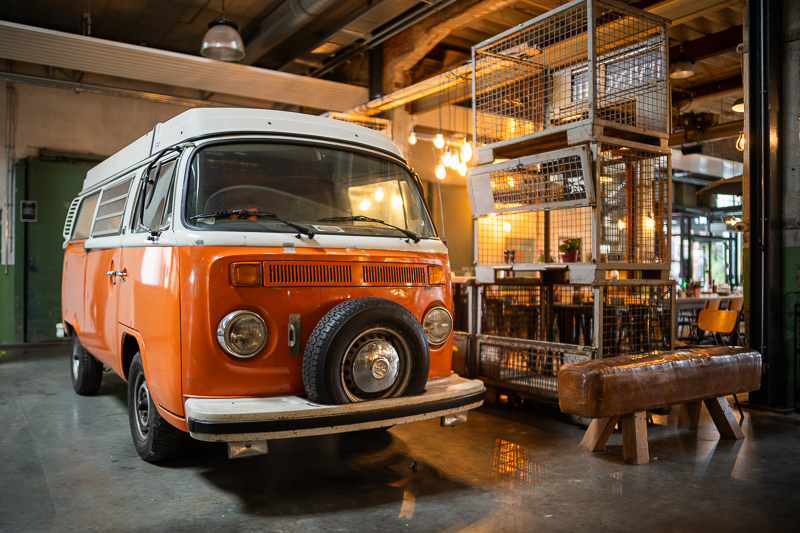


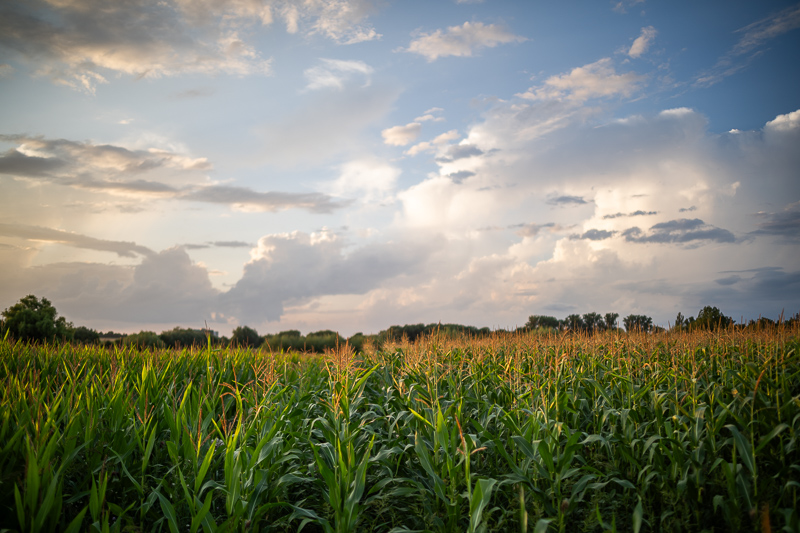



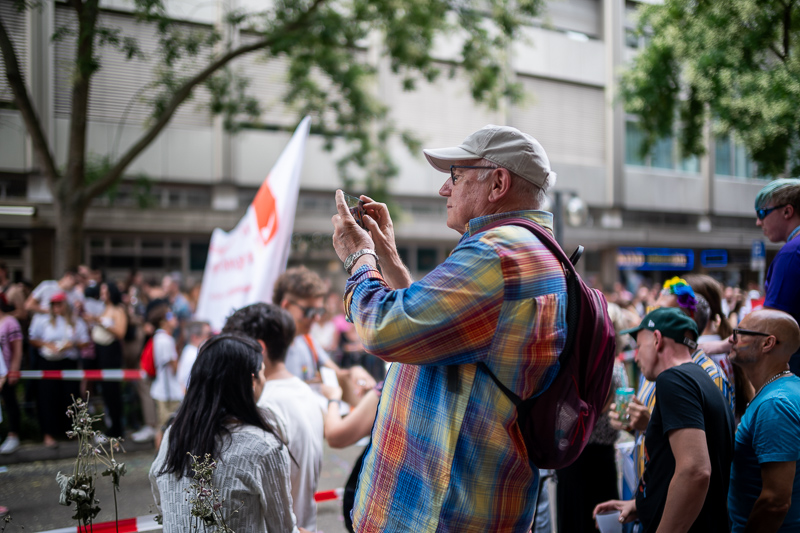



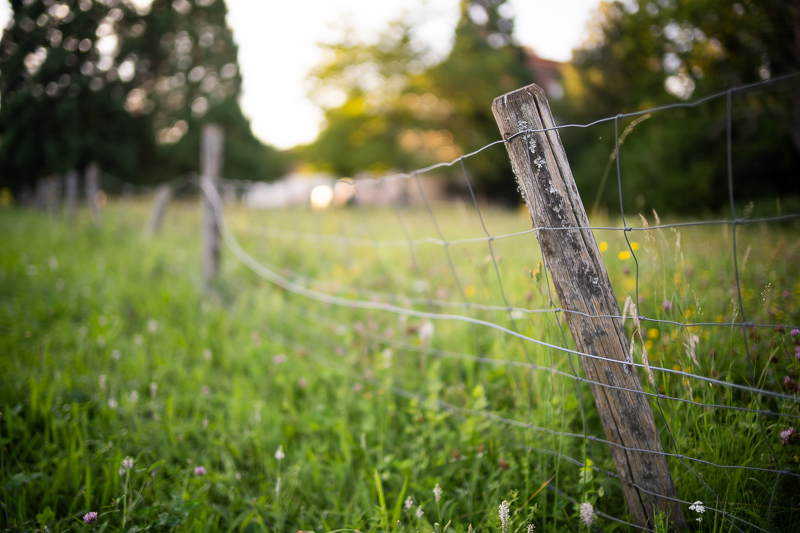
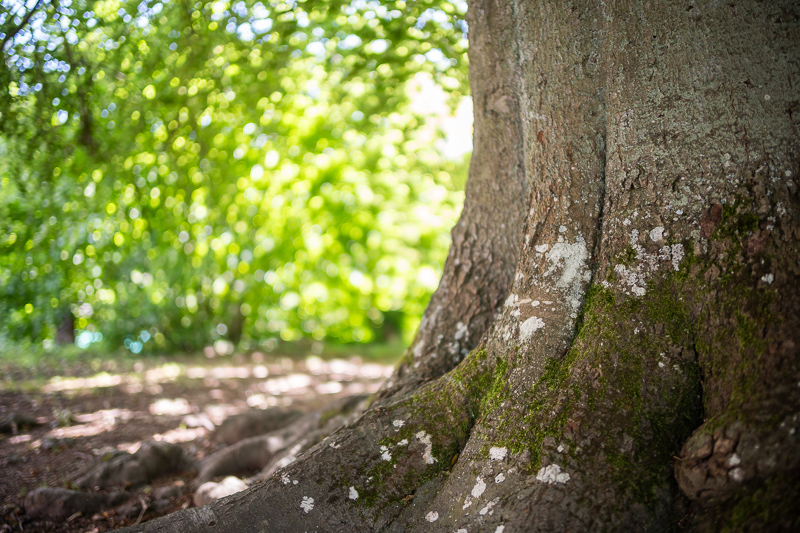
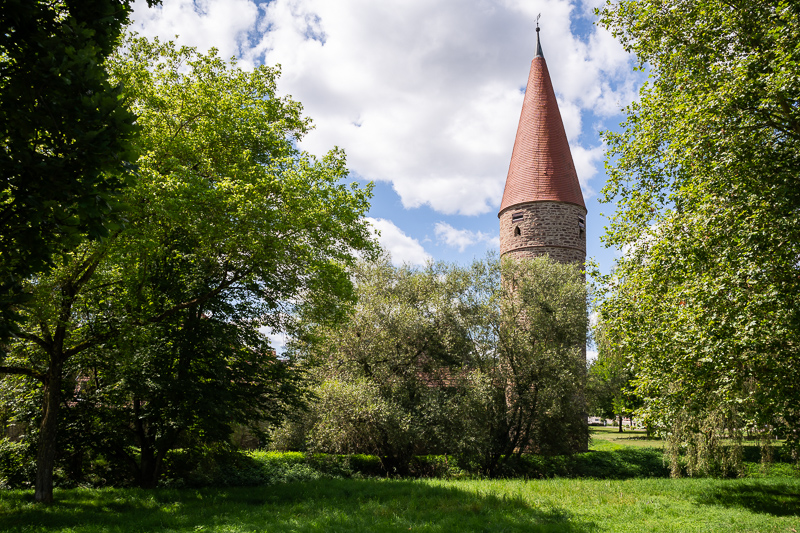


You can find many of the sample images in full resolution here.
Further Reading
- All Lens Reviews
- Review: 7Artisans Spectrum Cine Lenses
- Review: Laowa 10mm 2.8 AF
- Lens aberrations explained
- How to: Creating Environmental Portraits
Support Us
Did you find this article useful or just liked reading it? Treat us to a coffee!
![]()
![]()
![]() via Paypal
via Paypal
This site contains affiliate links. If you make a purchase using any of the links marked as affiliate links, I may receive a small commission at no additional cost to you. This helps support the creation of future content.
Latest posts by BastianK (see all)
- Review: Canon EF 50mm 1.0 L USM – Still the world’s fastest AF lens - December 30, 2025
- Review: Nikon Nikkor 105mm 1.8 Ai-s - December 28, 2025
- 2025 – Year in Review - December 23, 2025





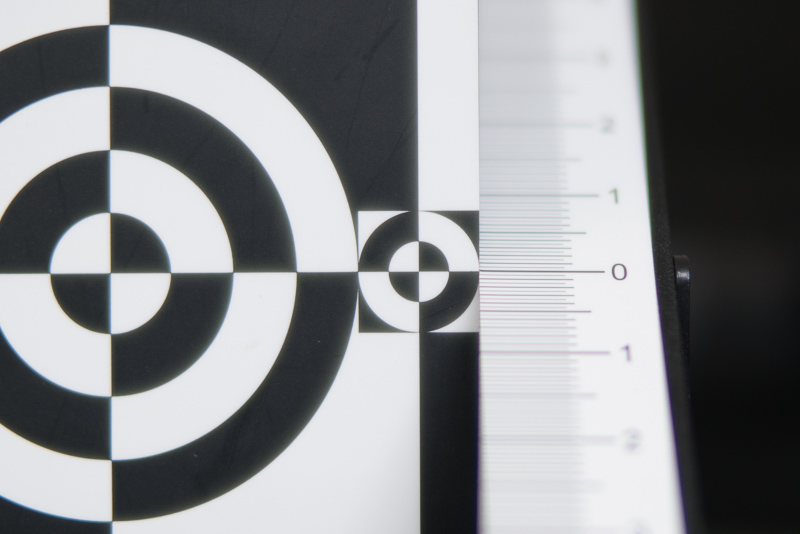

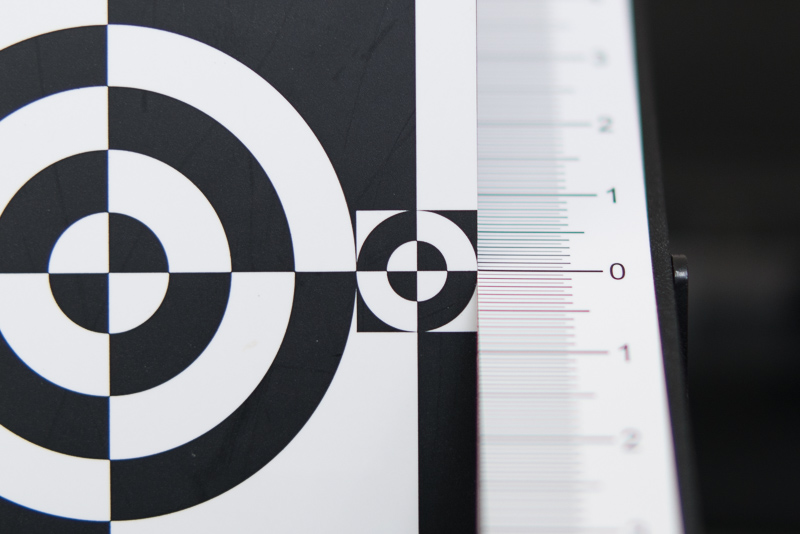
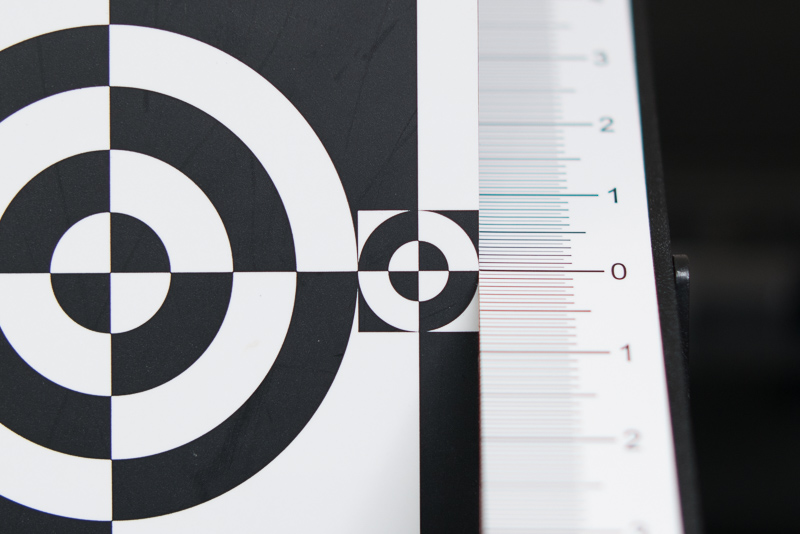
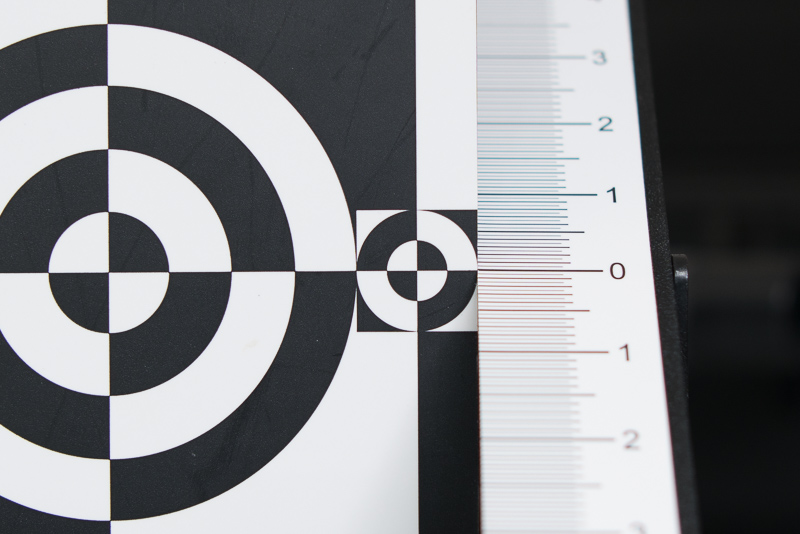
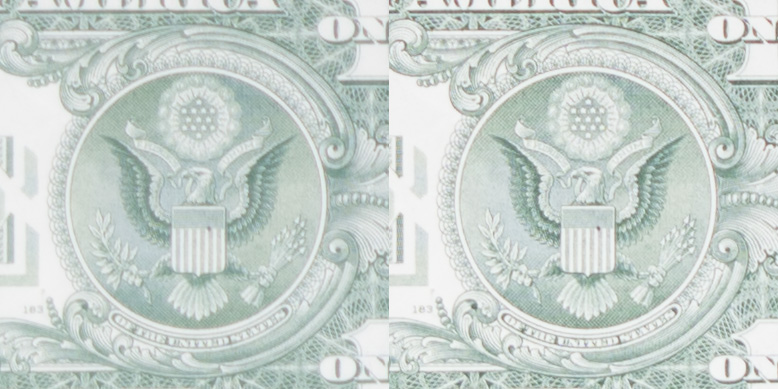
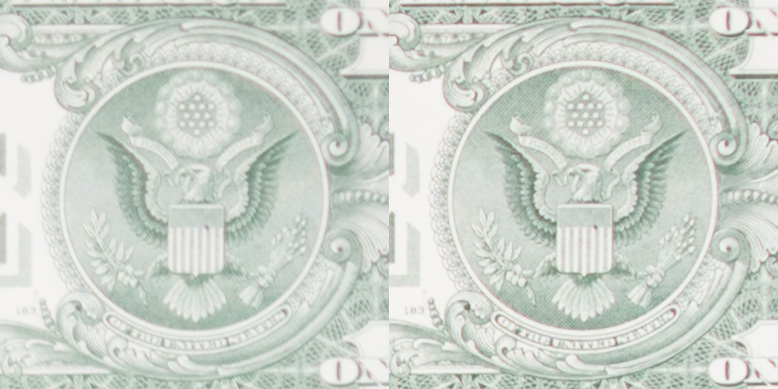







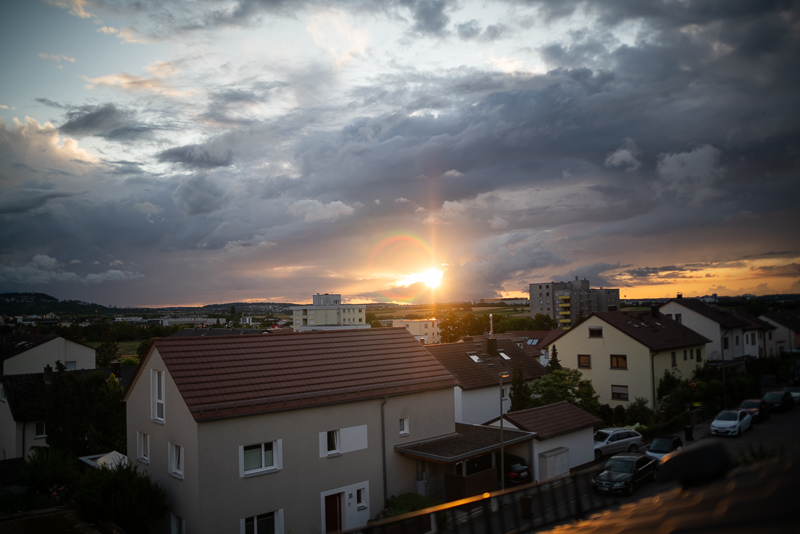
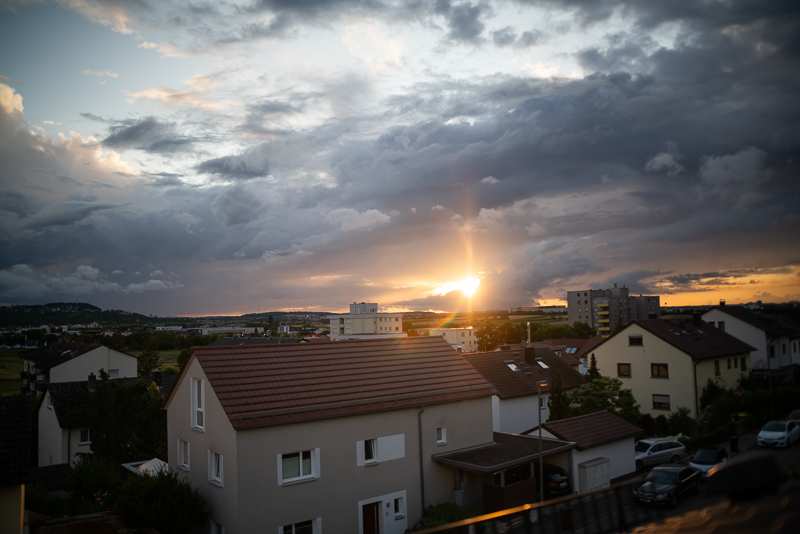



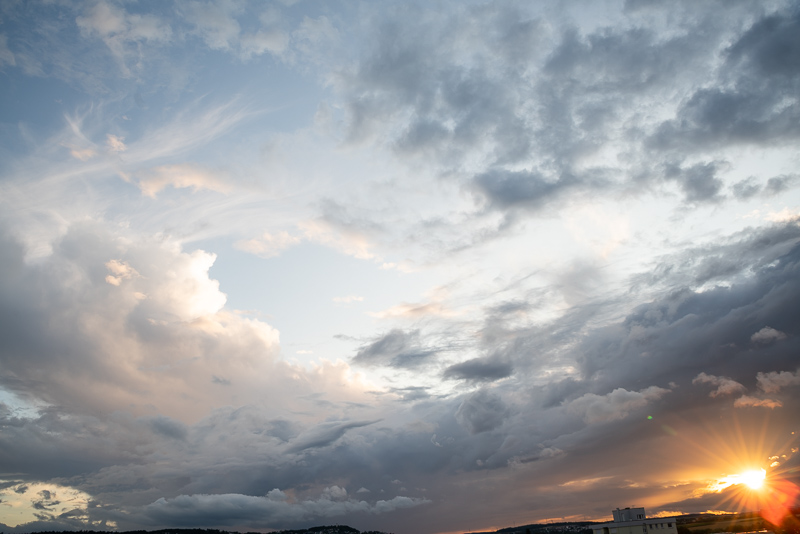

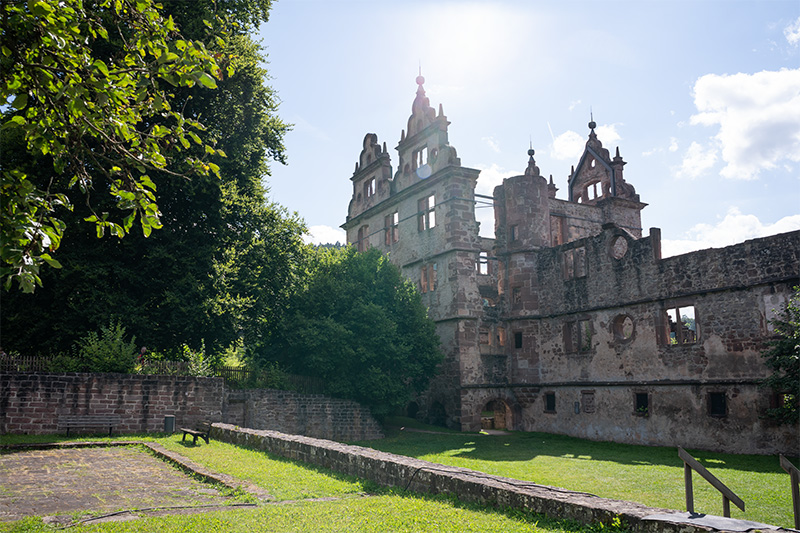
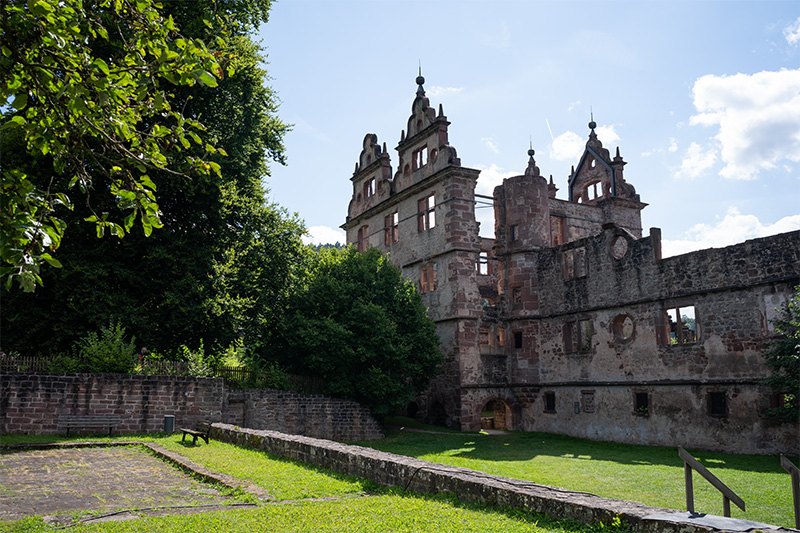
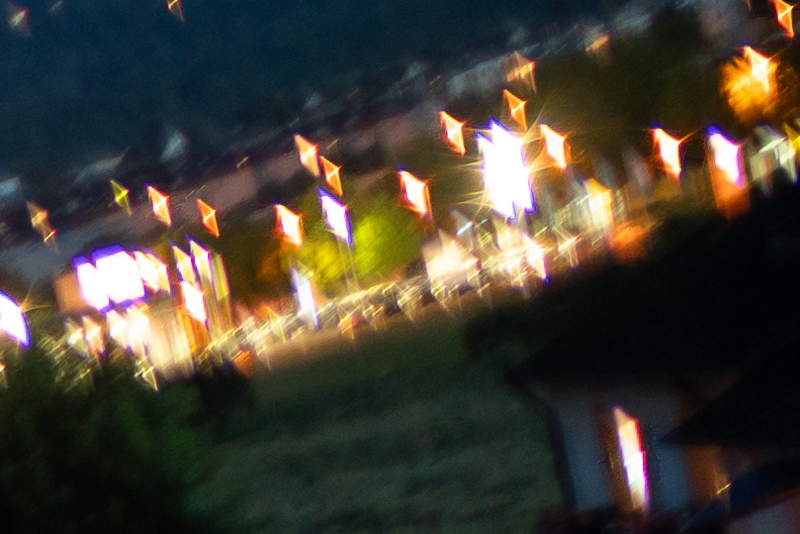
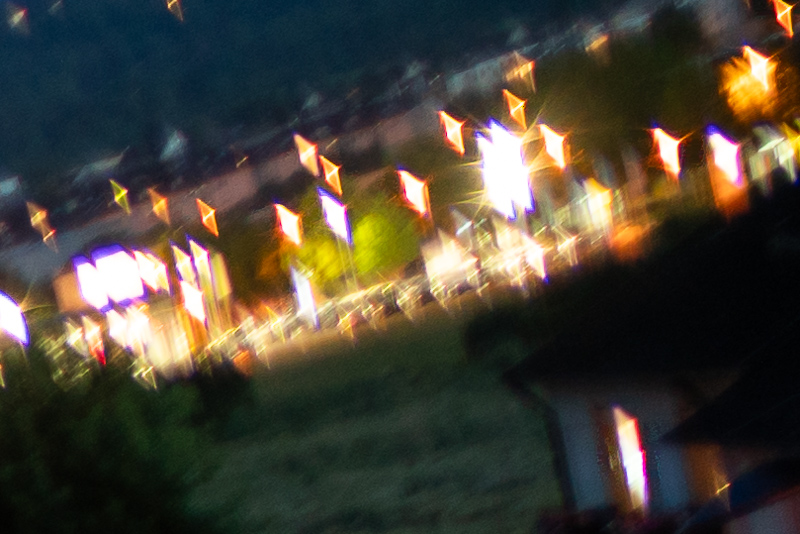
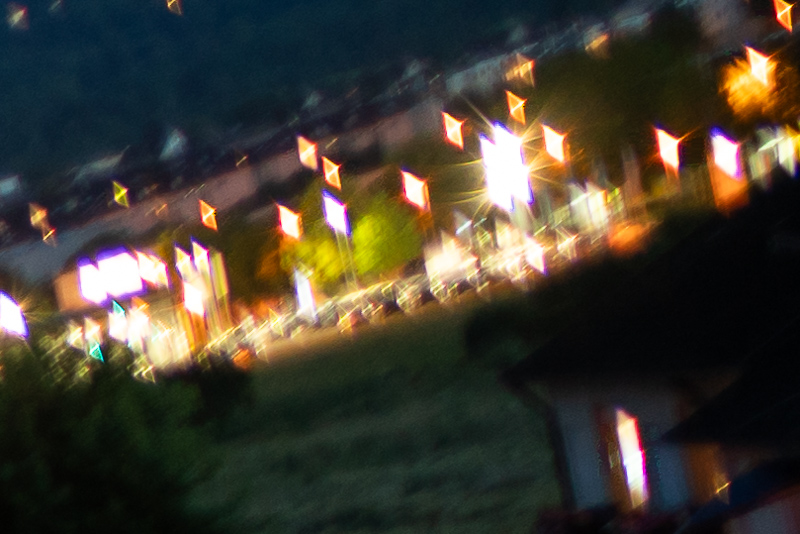
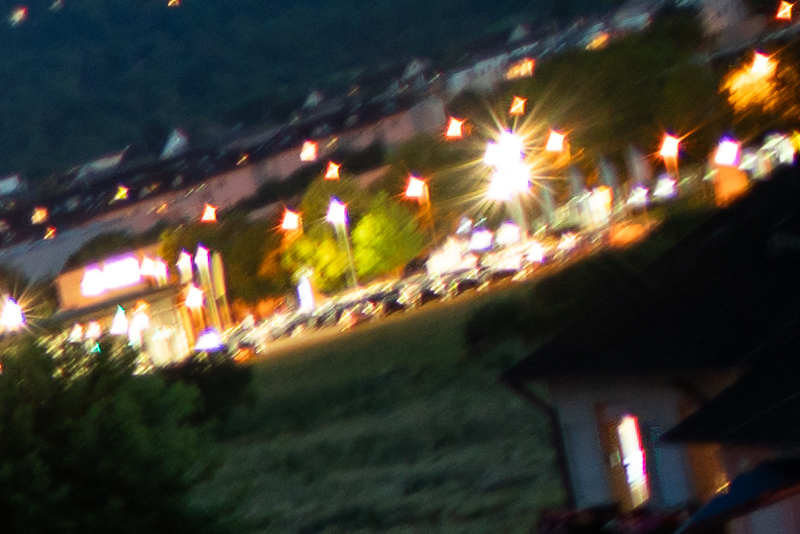
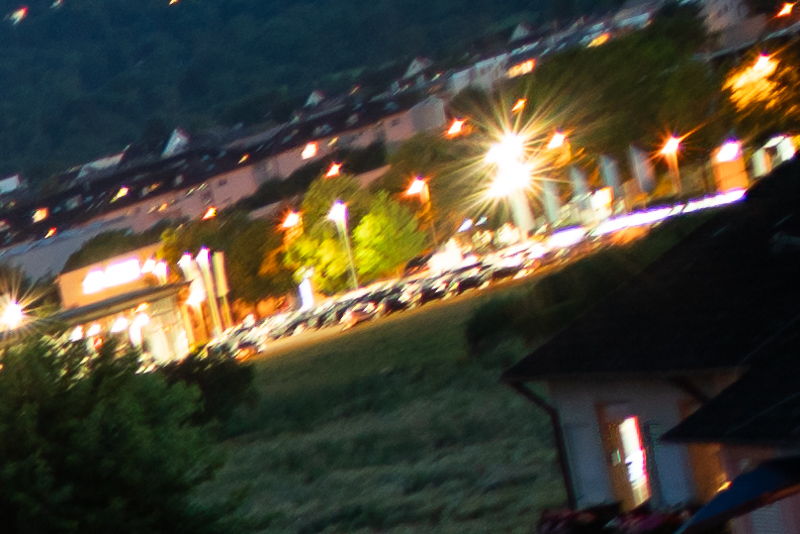
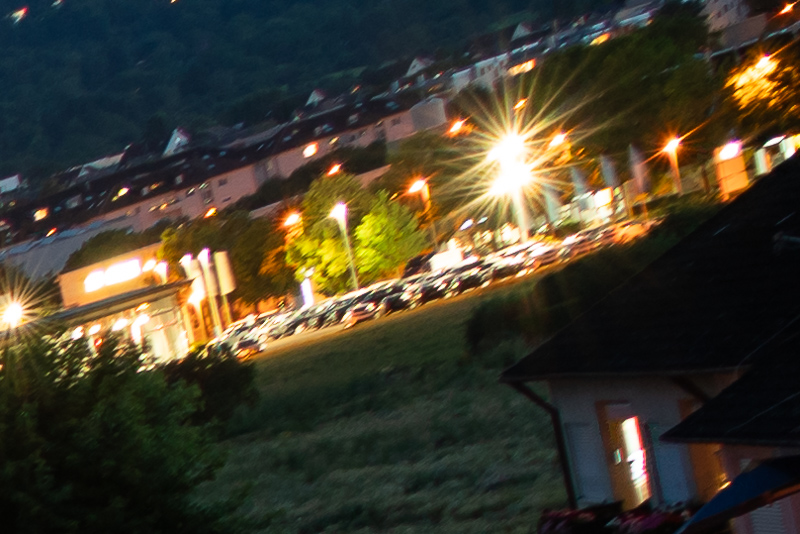
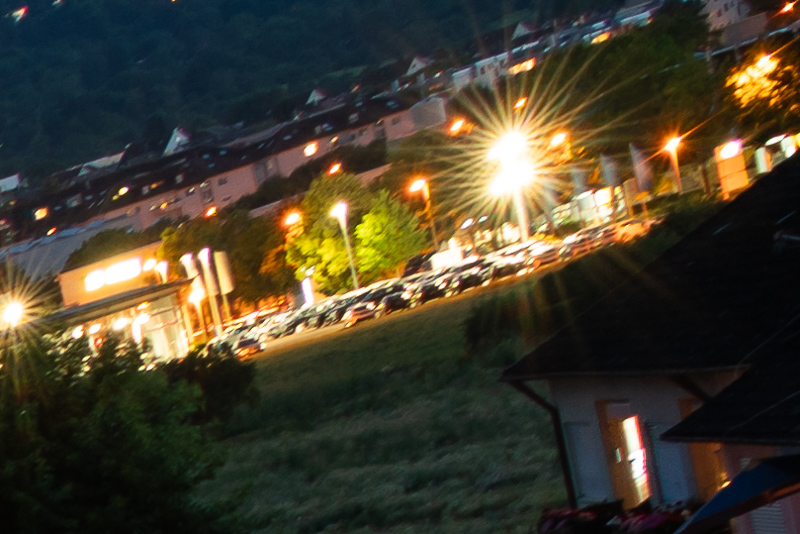
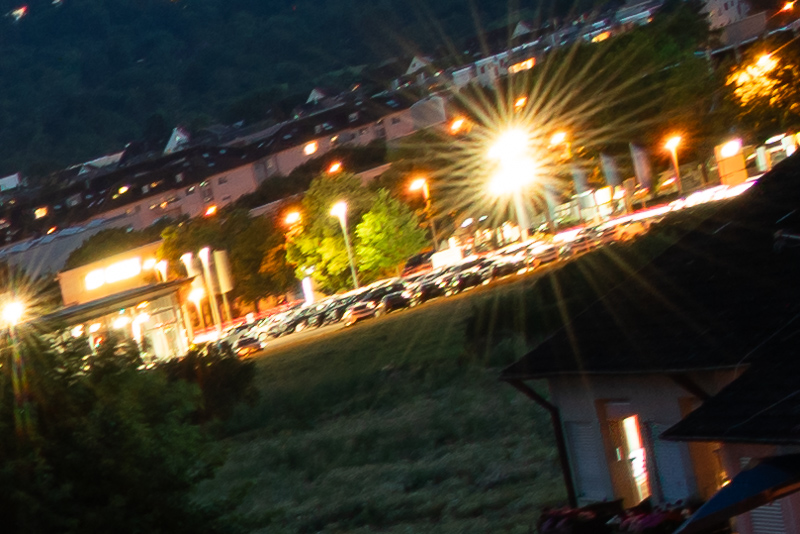
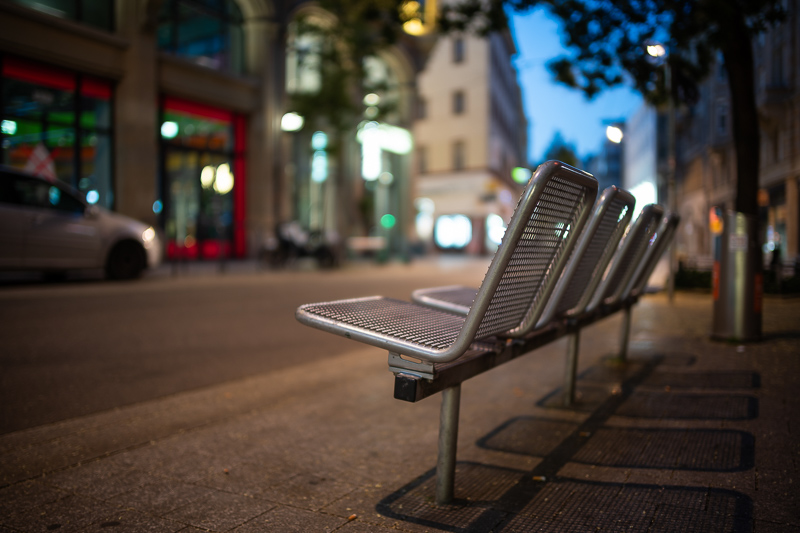

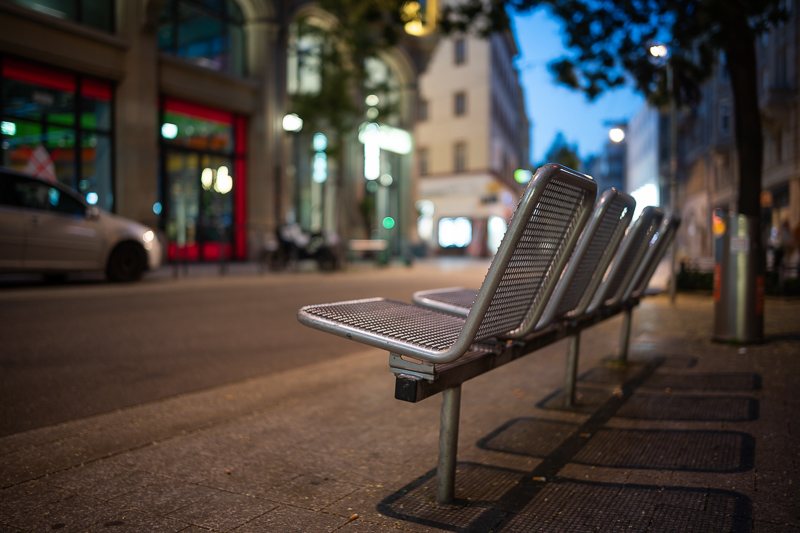
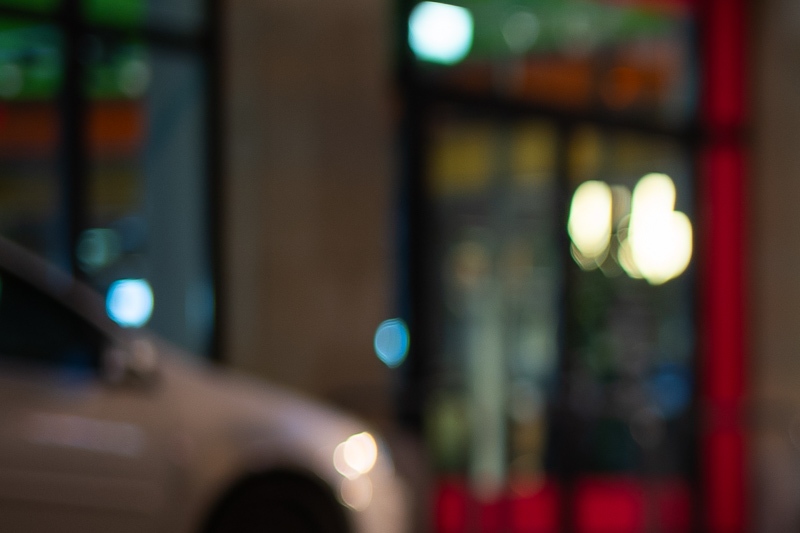
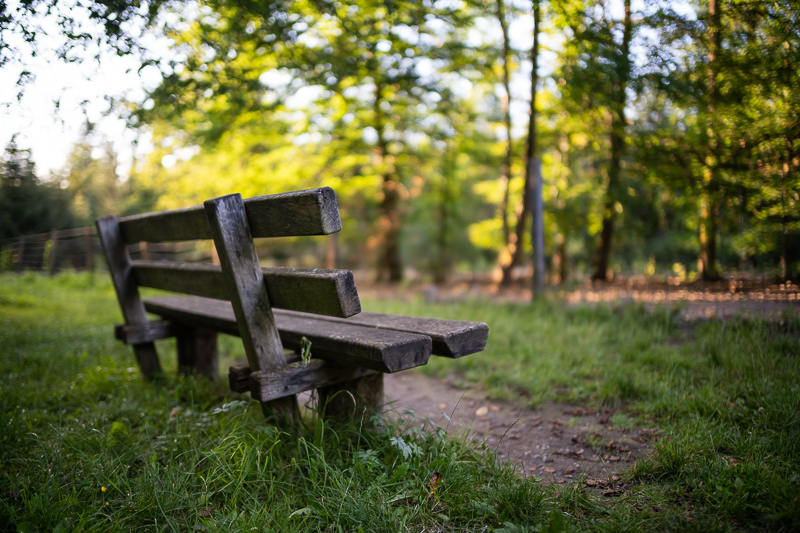


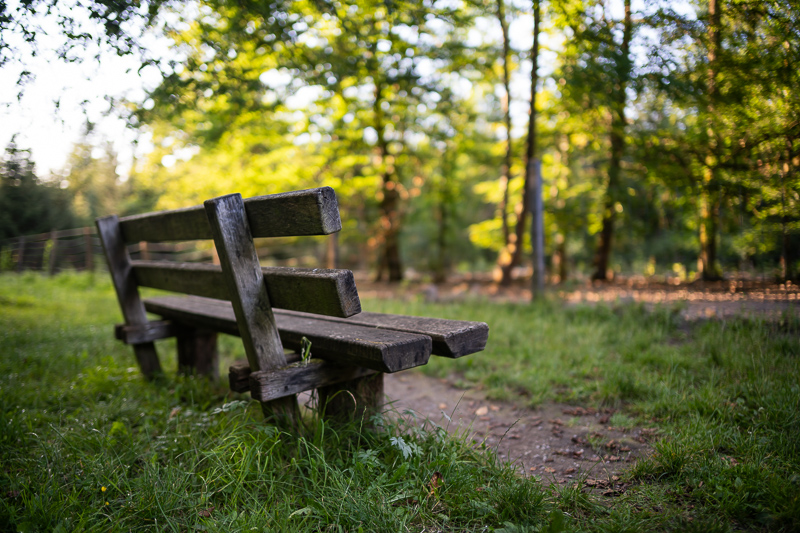

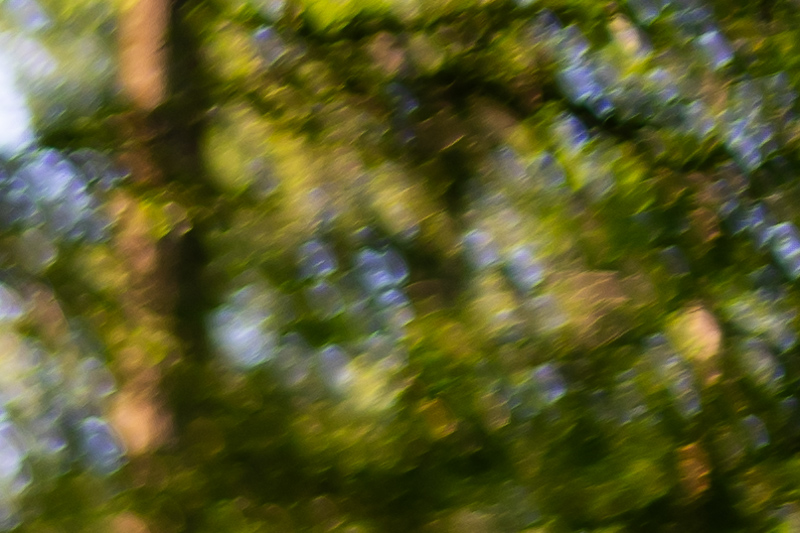
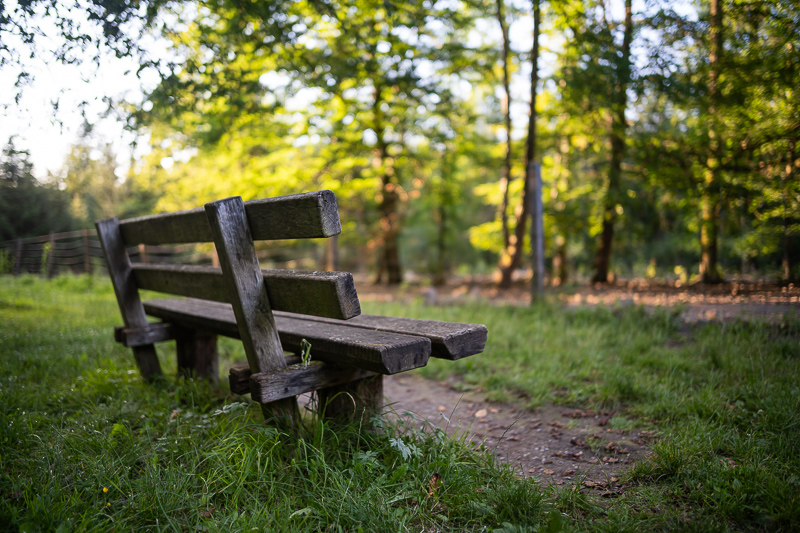


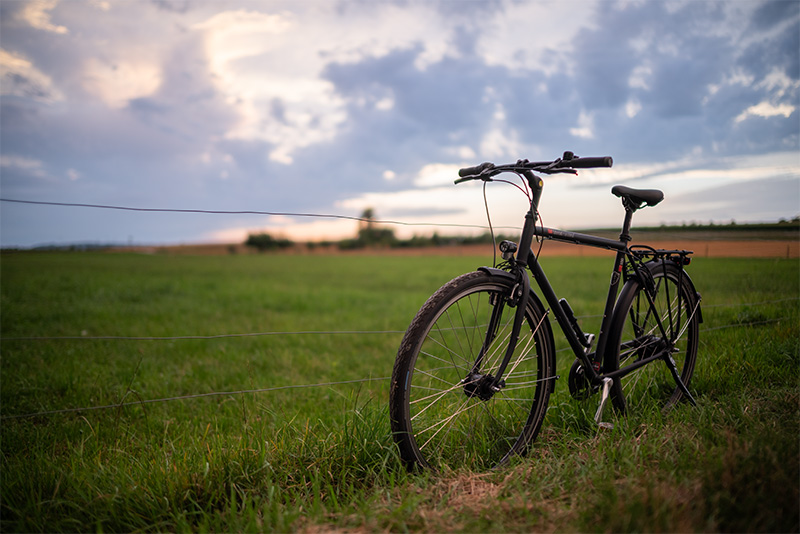
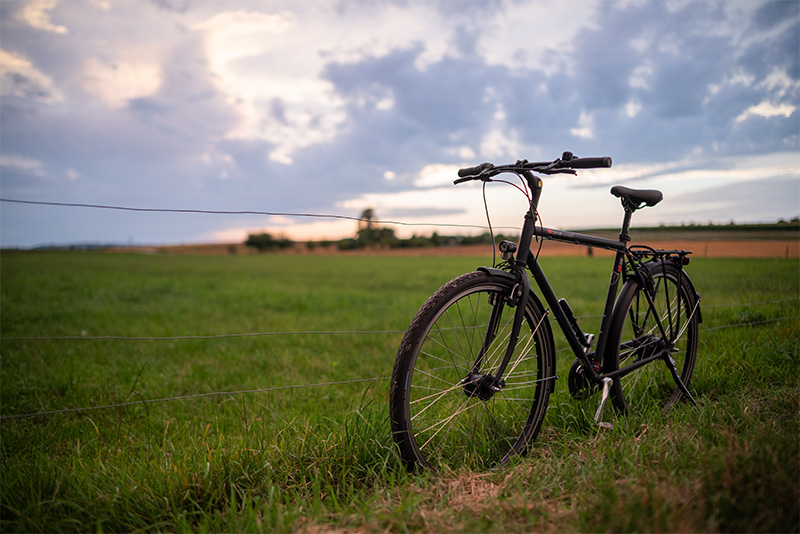

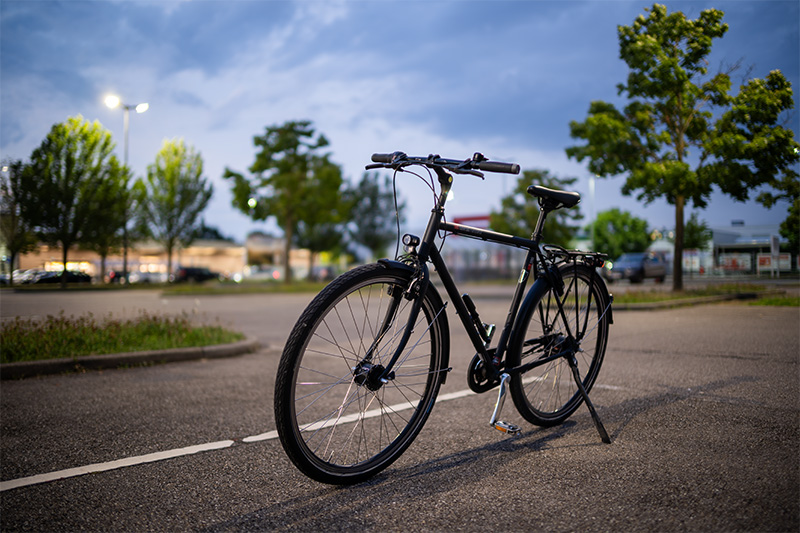
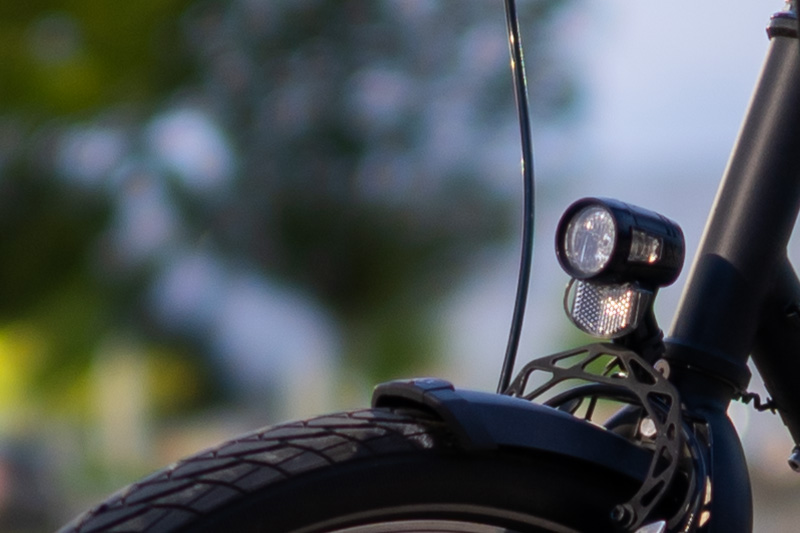



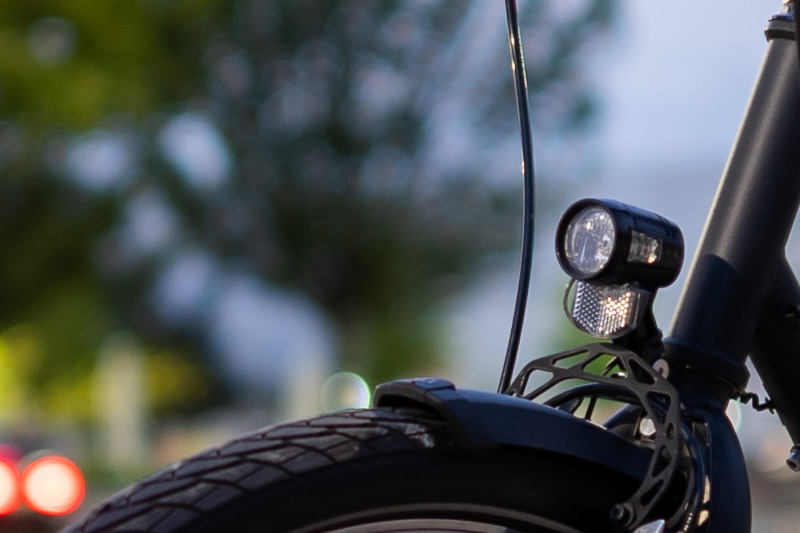

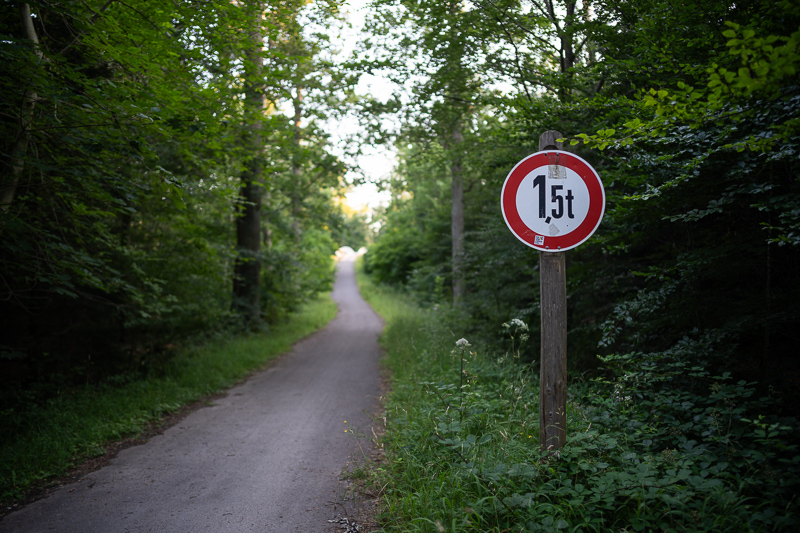
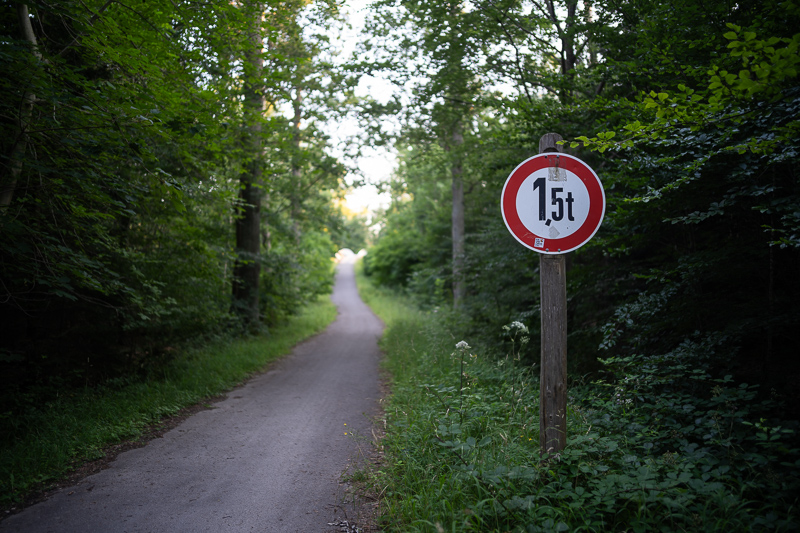
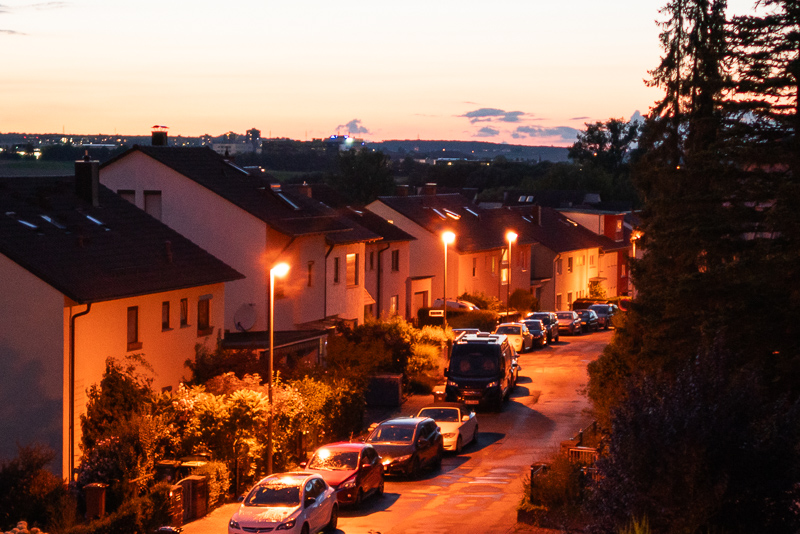

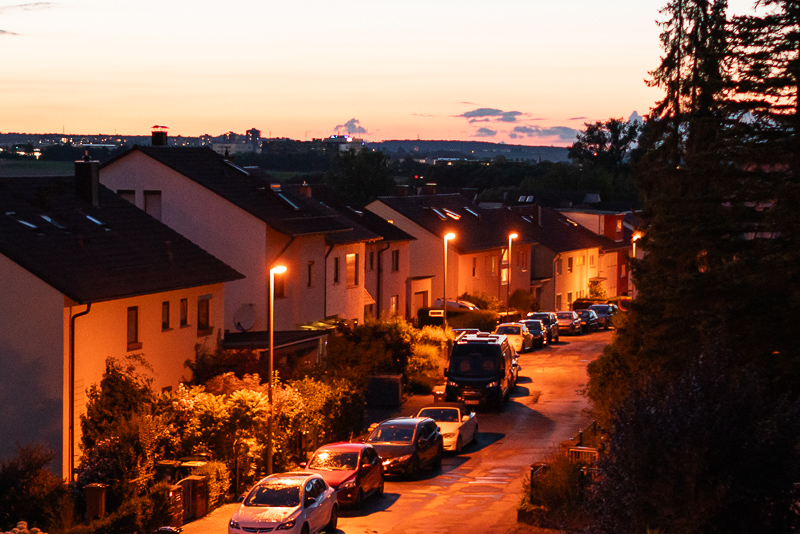
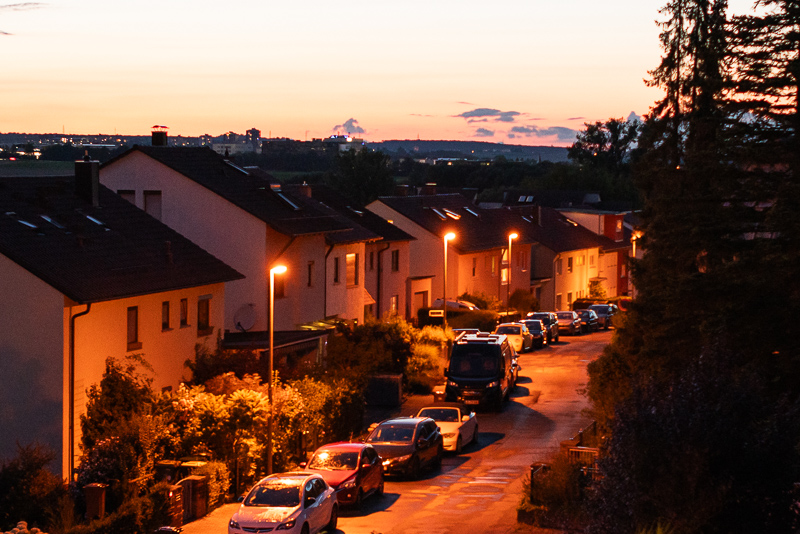
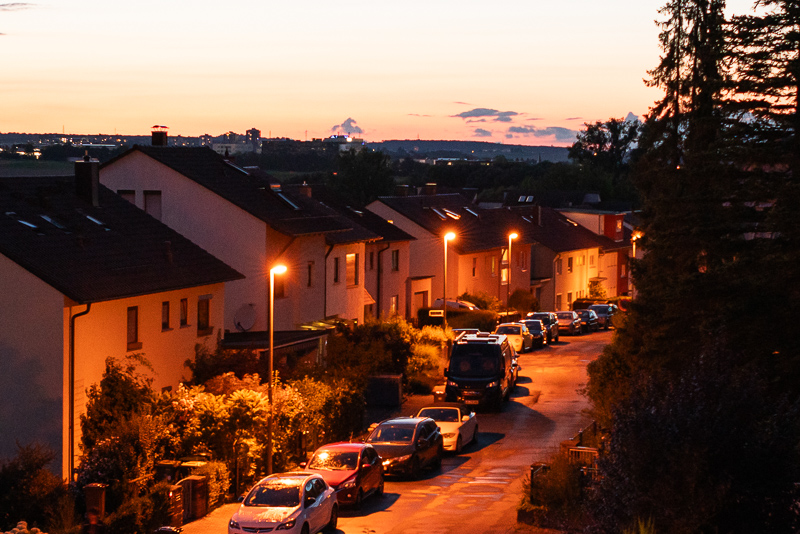
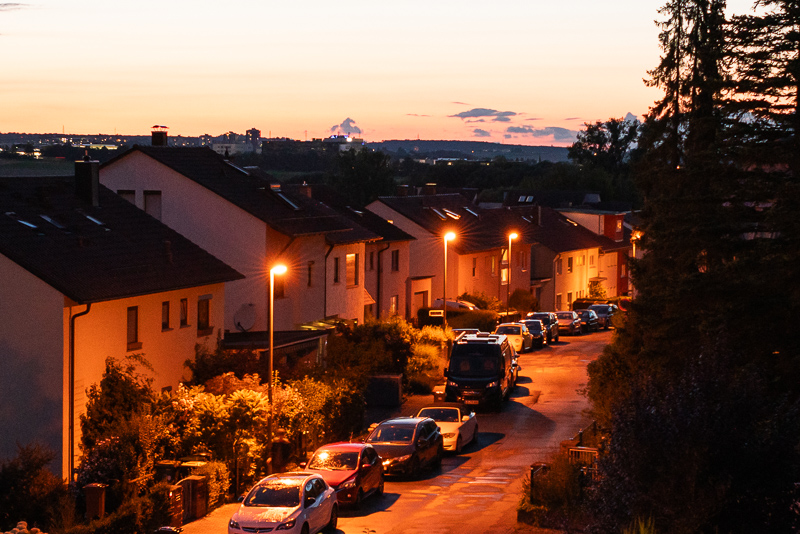
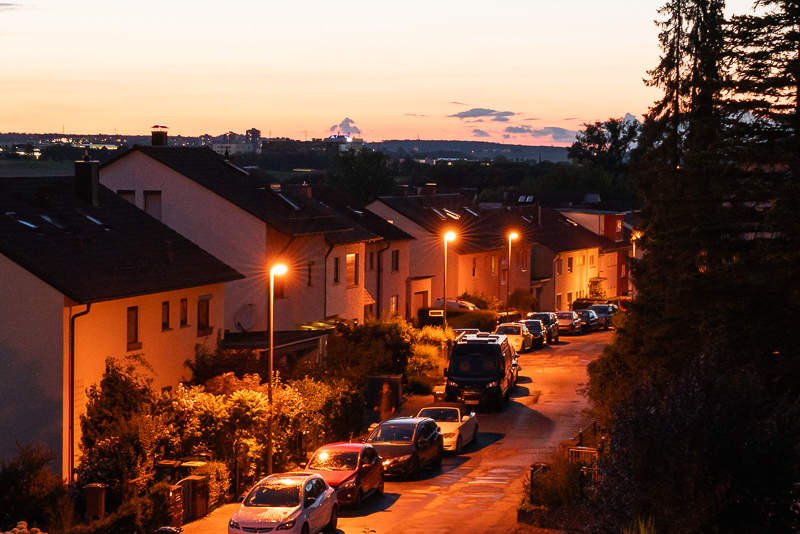
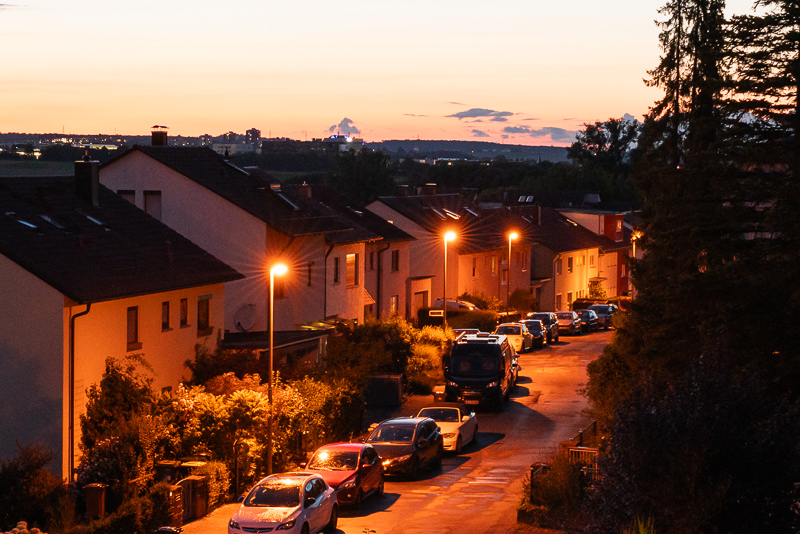
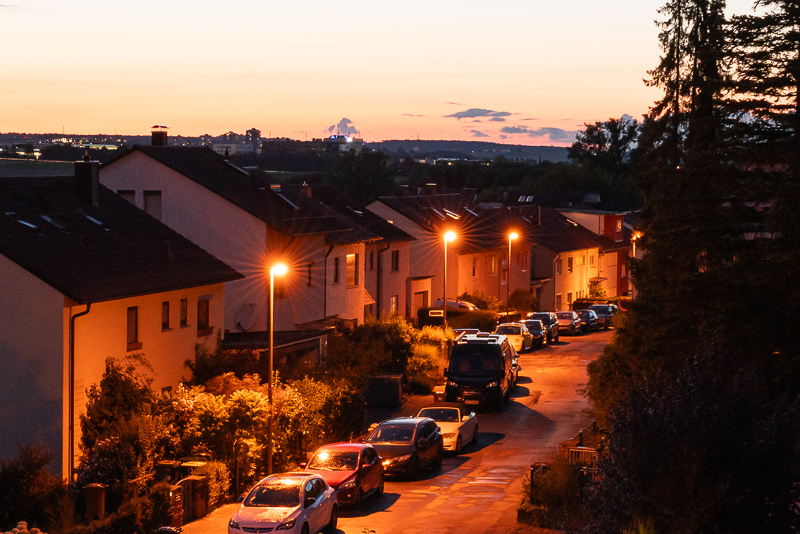
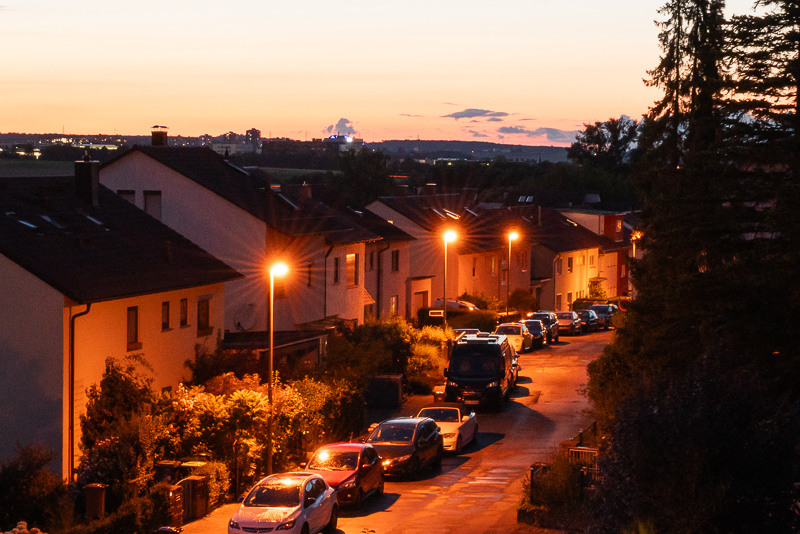
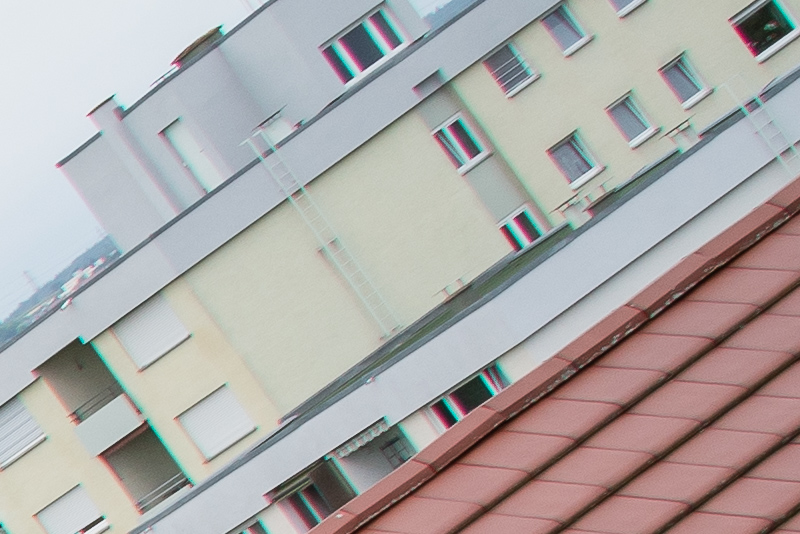

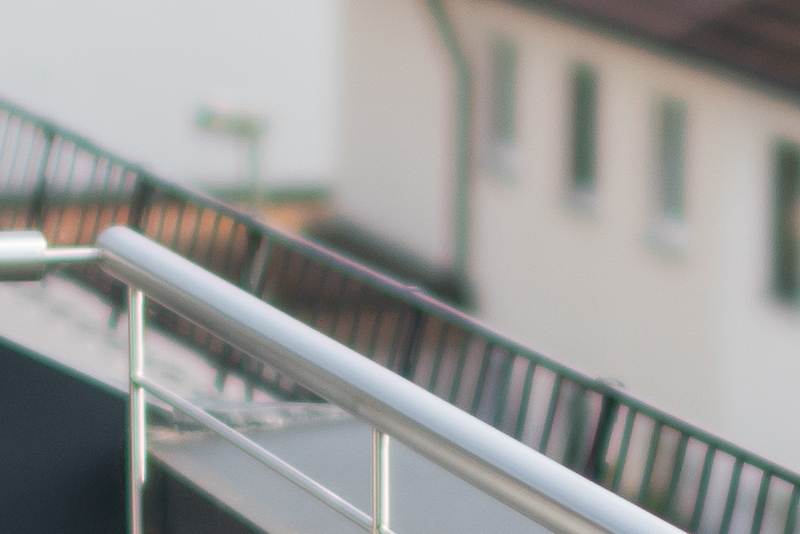
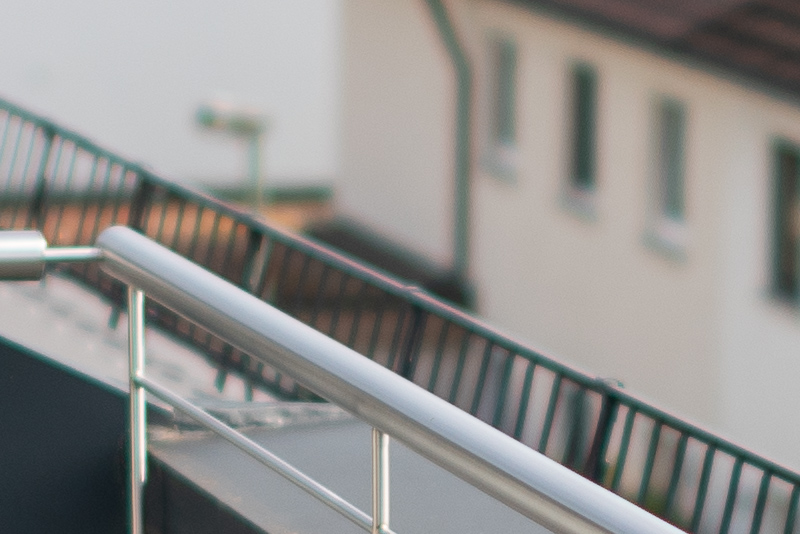
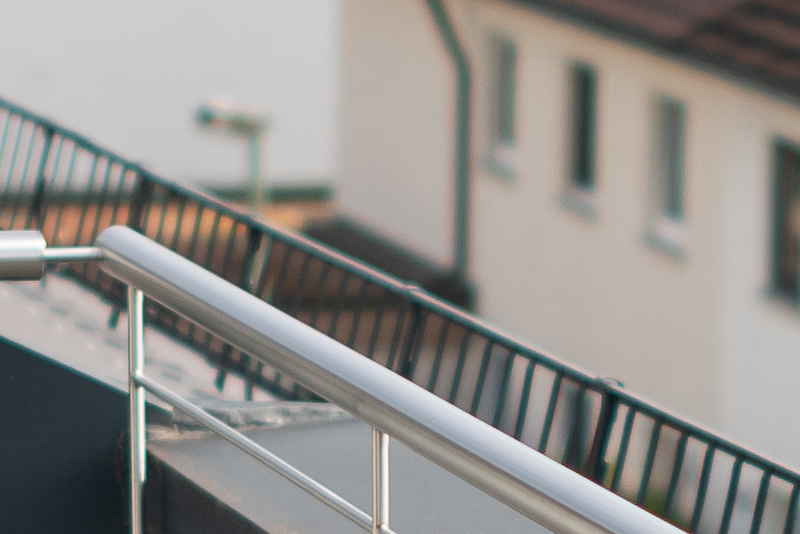
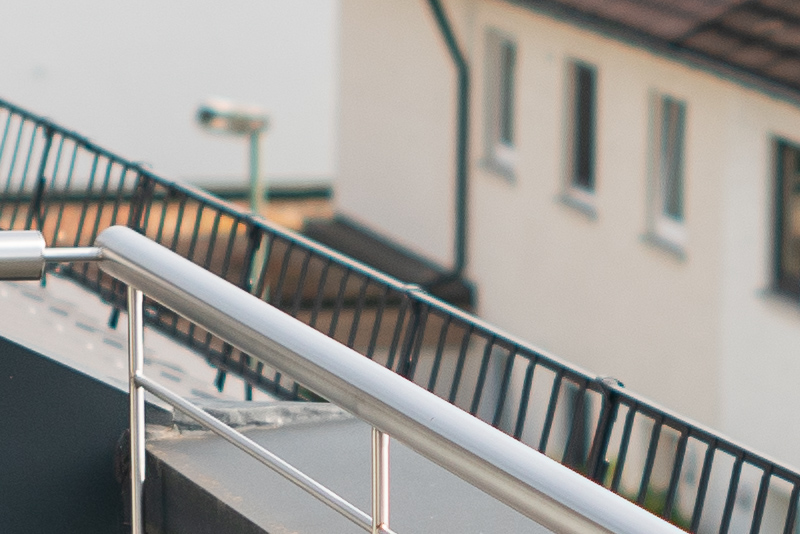

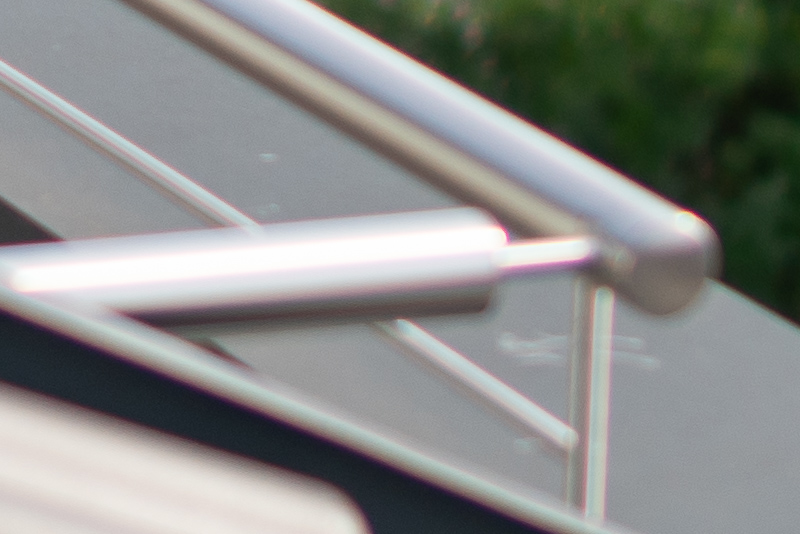

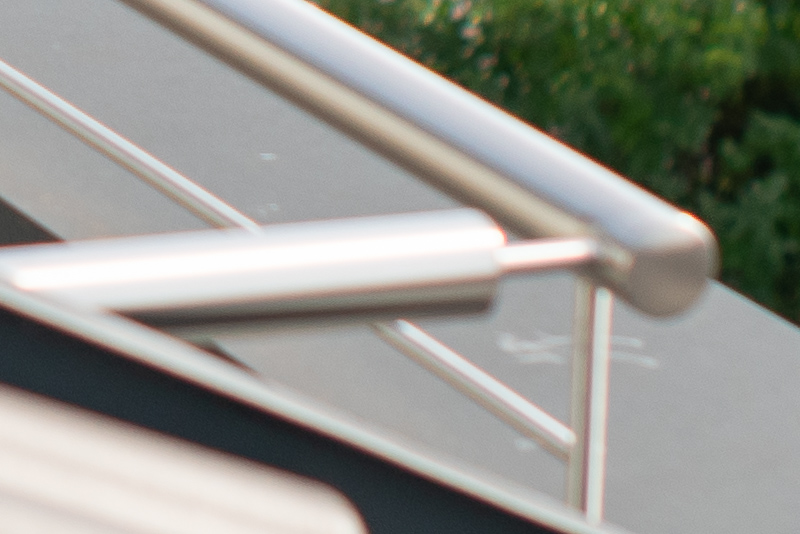
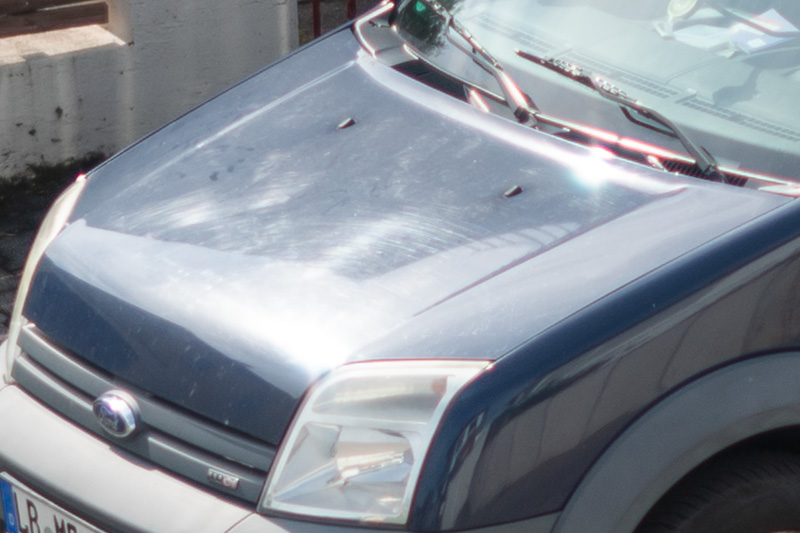
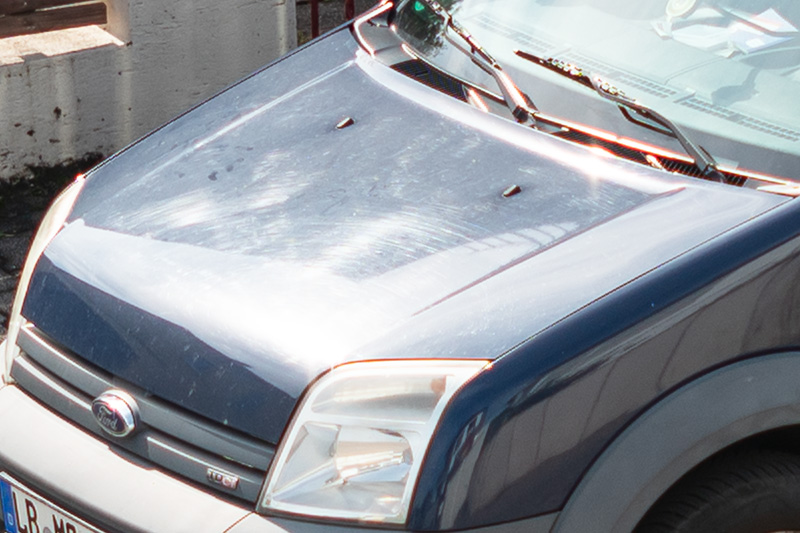
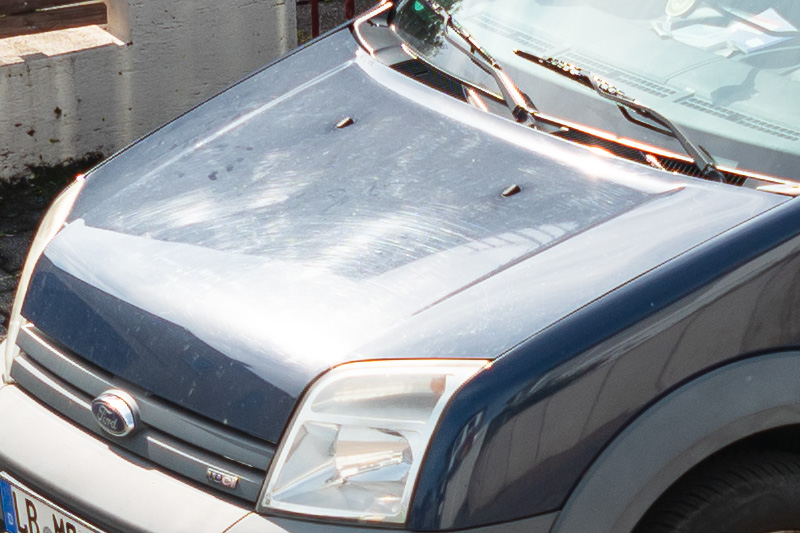
I’m not qualified to talk about lens design. But I suppose these lenses being manual focus only allow them to use comparatively heavier lens elements, elements that wouldn’t be particularly fast to move for an autofocus lens? Maybe that is why 1st part manufacturers have not produced similar wide angles of a similar aperture.
Laowa has to produce something somewhat bizarre and unexpected in order to garner attention and sales. There’s no point for them to make the same things as the OEMs, and this type of super fast lens is a niche that brings bragging points and attention from the fringe bokeh fanatics. Adding AF will certainly increase size/diameter compared to a comparable manual focus design. I’m sure Canon, Nikon or Sony could do it and develop an optical design with a small, lightweight focusing element/group to maintain fast focusing. Their design criteria, however, is likely based more around market practicality of an f/0.95 type of lens relative to f/1.4. Is that extra speed and bokeh really needed? Sure, the niche group who will want it will say yes, but how many of them would actually pay OEM prices for one? The expectations on an OEM design will be such that people will want pleasing bokeh (whatever that means to each person) and very high sharpness with well controlled aberrations. In other words, optically complex, probably large and certainly very expensive at multiples more than the Laowa. That in turn will result in scathing review commentary of once again another ‘overpriced’ and ‘overkill’ OEM offering that ignores the needs of the average, budget-conscious photographer. I’d guess a larger segment will have other feature priorities and this is more likely what the OEMs will pursue. In this age of excellent high ISO sensor performance, making lenses as fast as possible is no longer such a practical necessity and appears to be a niche currently conceded to third parties such as Laowa. While a faster lens will blur the foreground and background more than a slower one, if viewed in isolation, would the average viewer care more for an image from this lens compared to one that is a stop slower? IMO this type of lens is aimed squarely at photographers who create bokeh-centric images for their own viewing pleasure (and nothing wrong with that).
While this is obviously not a lens for everyone, I can certainly appreciate the unique qualities it has. Laowa is pushing forward, and I can only applaud that. Cool photos too! Must have been fun to play with!
Except for the aperture ring gears grinding into my fingers yes 😂
I’m surprised to see how much of a (quantitative) difference in bokeh there is, between this lens and the F1.2 version. It’s really noticeable and makes a difference in those mid-distance shots, and I actually really like the look (for the most part).
Like you said, these lenses have very similar rendering at equal speed, but that larger aperture does change things. The extra blur also makes the oof areas look a bit smoother to my eye. Corner bokeh (or lack of) is a downside, but I think it bothers us photographers more than actual viewers.
Too bad the lens isn’t a viable (or at least logical) choice for us who’re taking stills (the only time I recorded a video was to make sure the camera works properly when I bought it).
All things considered, I’d still choose the F1.2 lens, and try to forget what I just saw today in this review. The price matters, but so does the handling and “feel” of the lens.
Very interesting review Bastian, and I love the images you’ve extracted from this thing. I wonder what’s next to come, perhaps 20mm F1.2 or something…
Very interesting lens, really want to get one for video work. Is there any light transmission difference between all the 0.95 lenses. Is this lens brighter than the laowa 35 f0.95 and 45 f0.95
No, they are all f/0.95 and use similar glass types and similar amount of elements.
I think this sample is slightly uncentered, as there is a slight asymmetry in the T1.0 center halo, which may be related to astigmatism at smaller apertures as well as corner field curvature
It passed the centering test, but I agree that center light point looks odd.
Wow I love this lens, I might even get it. I would love it if they make a still version, but I don’t think that is likely at all. It’s not too big either. I even think the bokeh at 1.2 on this lens vs the wide open bokeh on the 1.2 lens is better. This is what I I like to see. Though, would’ve liked to see just slightly better sharpness, but the rendition at a larger level is beautiful and that to me is so much more important.
Thanks so much for the review! You did a wonderful job comparing this with the 28/1.2. I rely so much on your insight from these reviews.
Always here to help 🙂
Thank you to show us this exotic, and bravo to Laowa. Need for speed? You have to be highly motivated by the unique rendering to use such a monster 😉
Now I’ve cool of, I’m sticking to the 35/0.95 (once again, thanks to you for this one)
So do I 🙂